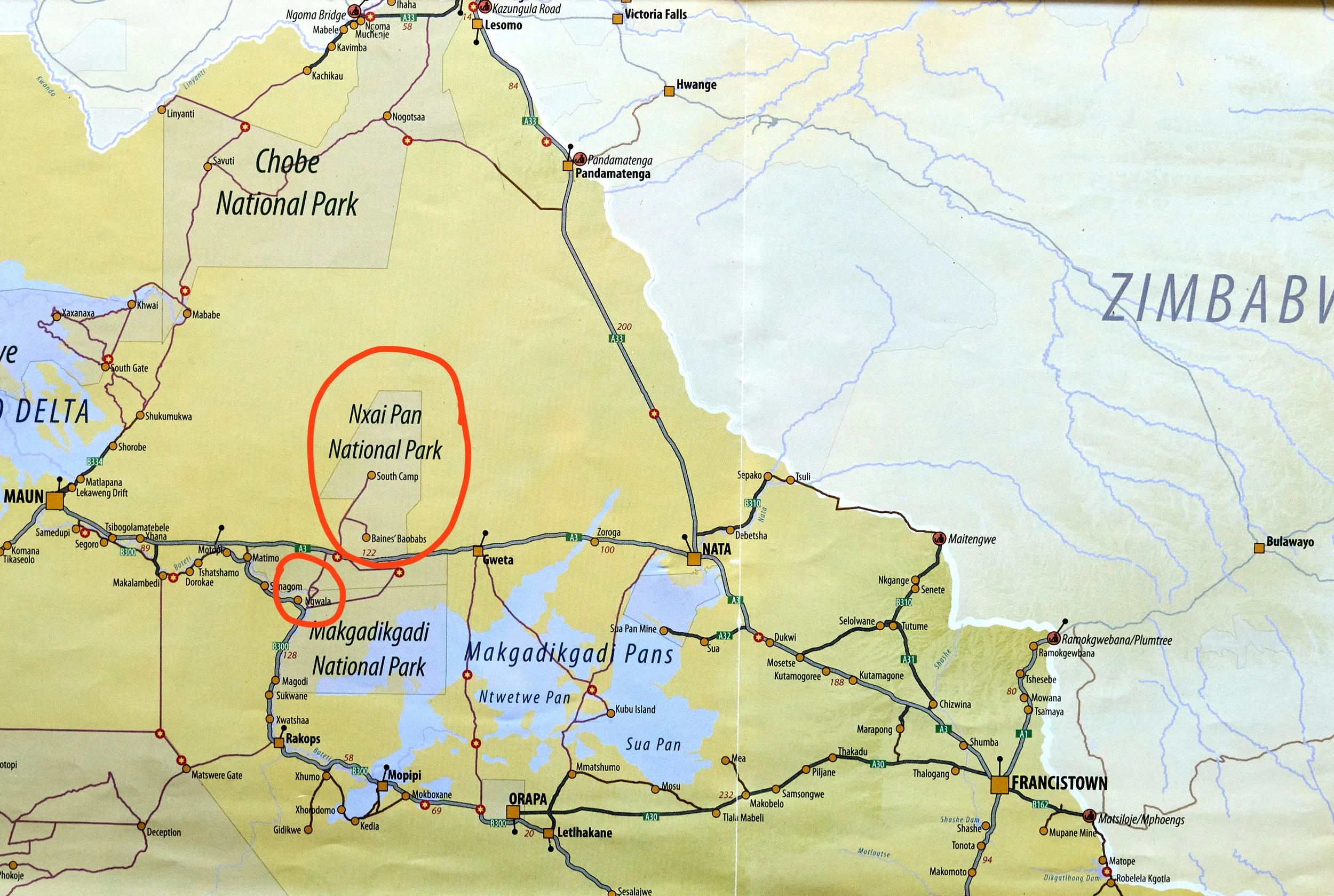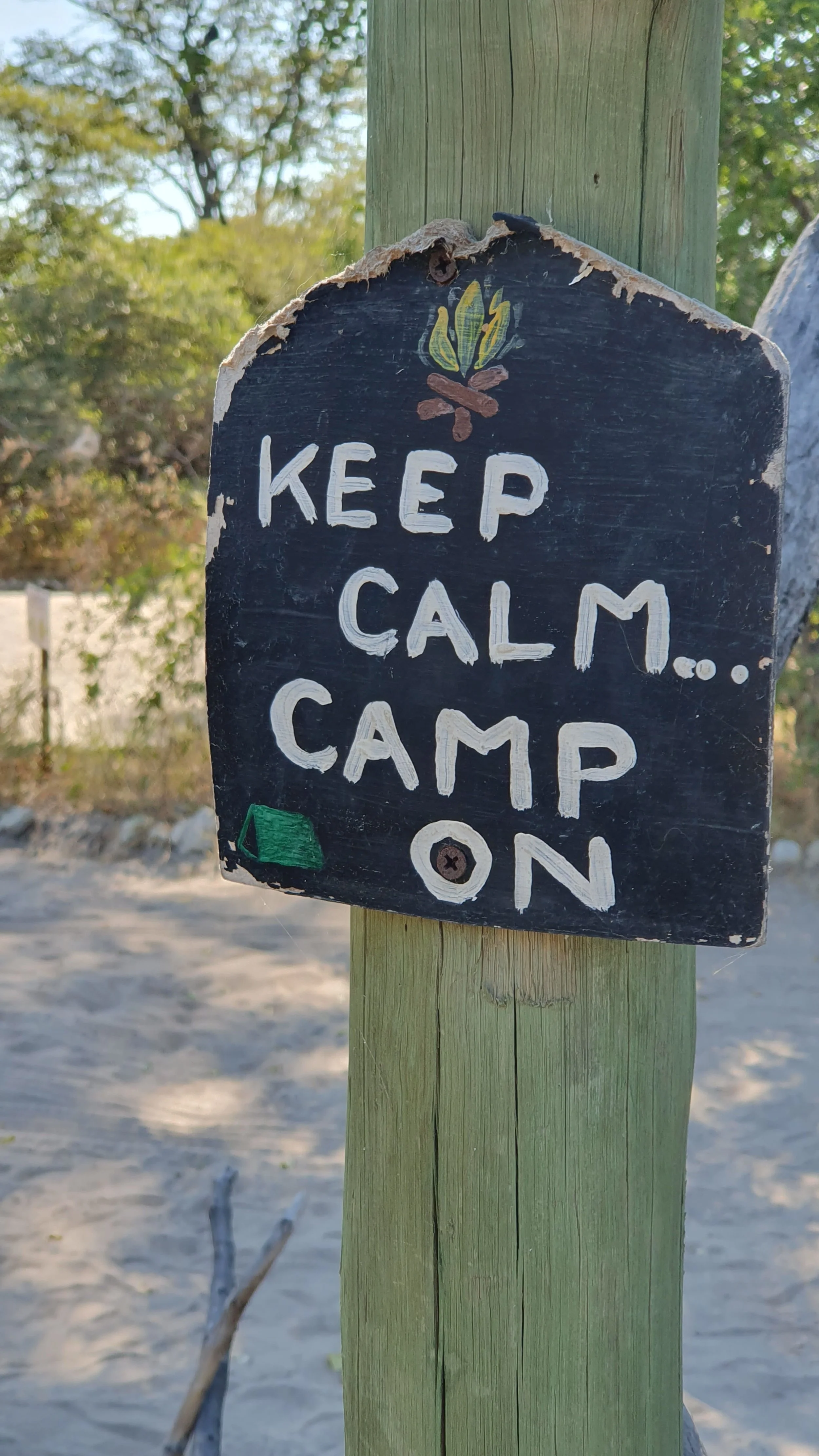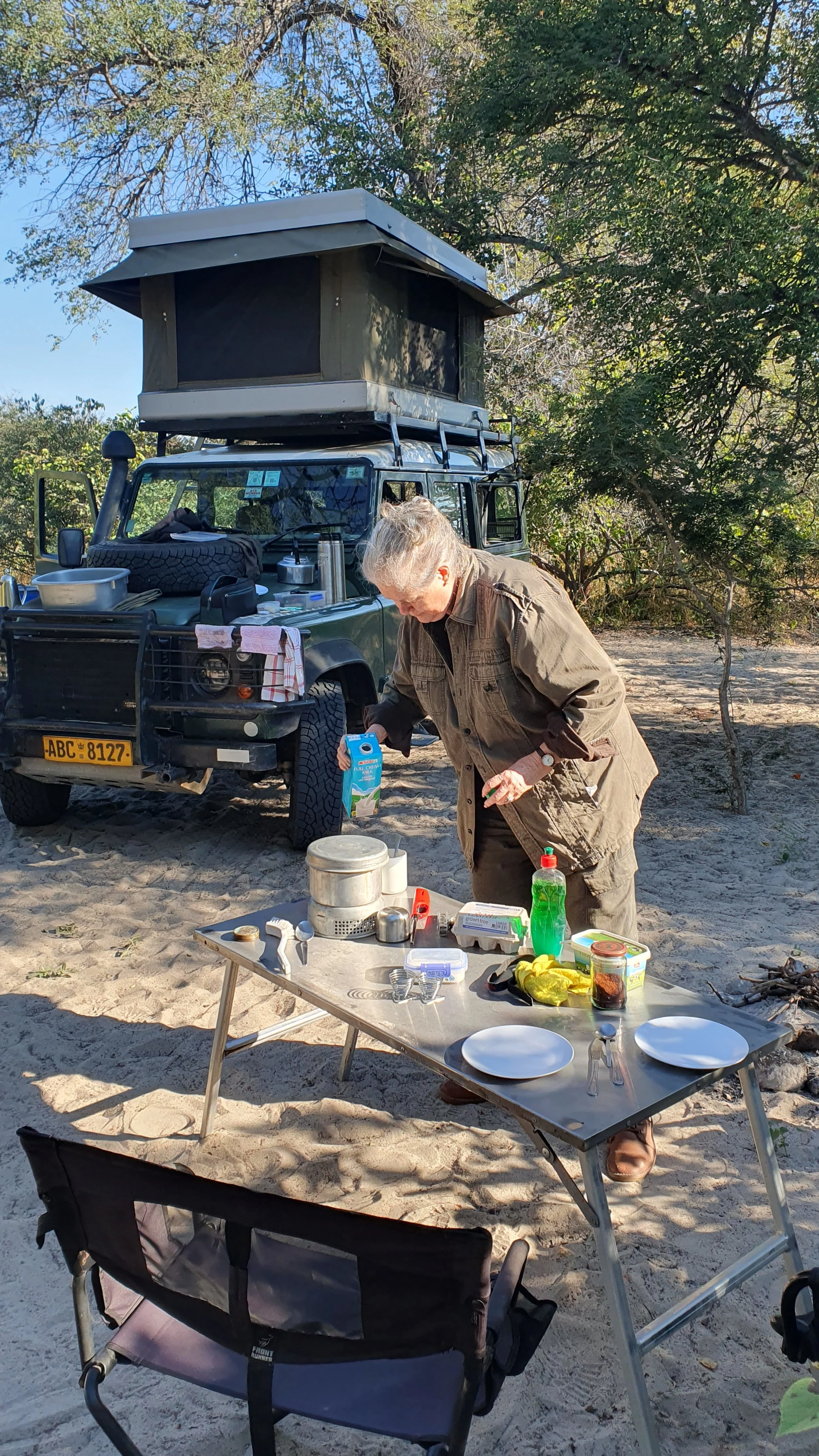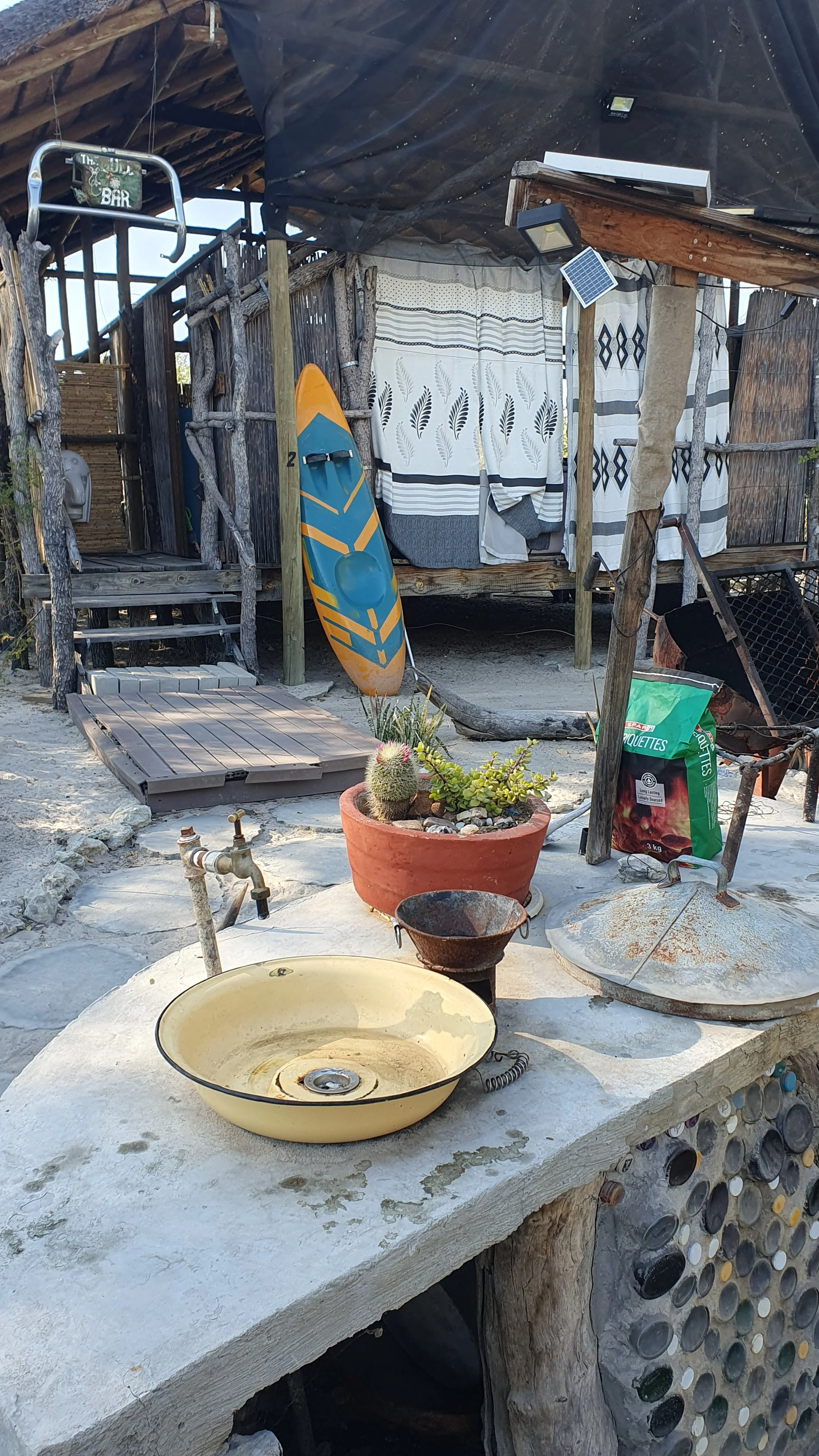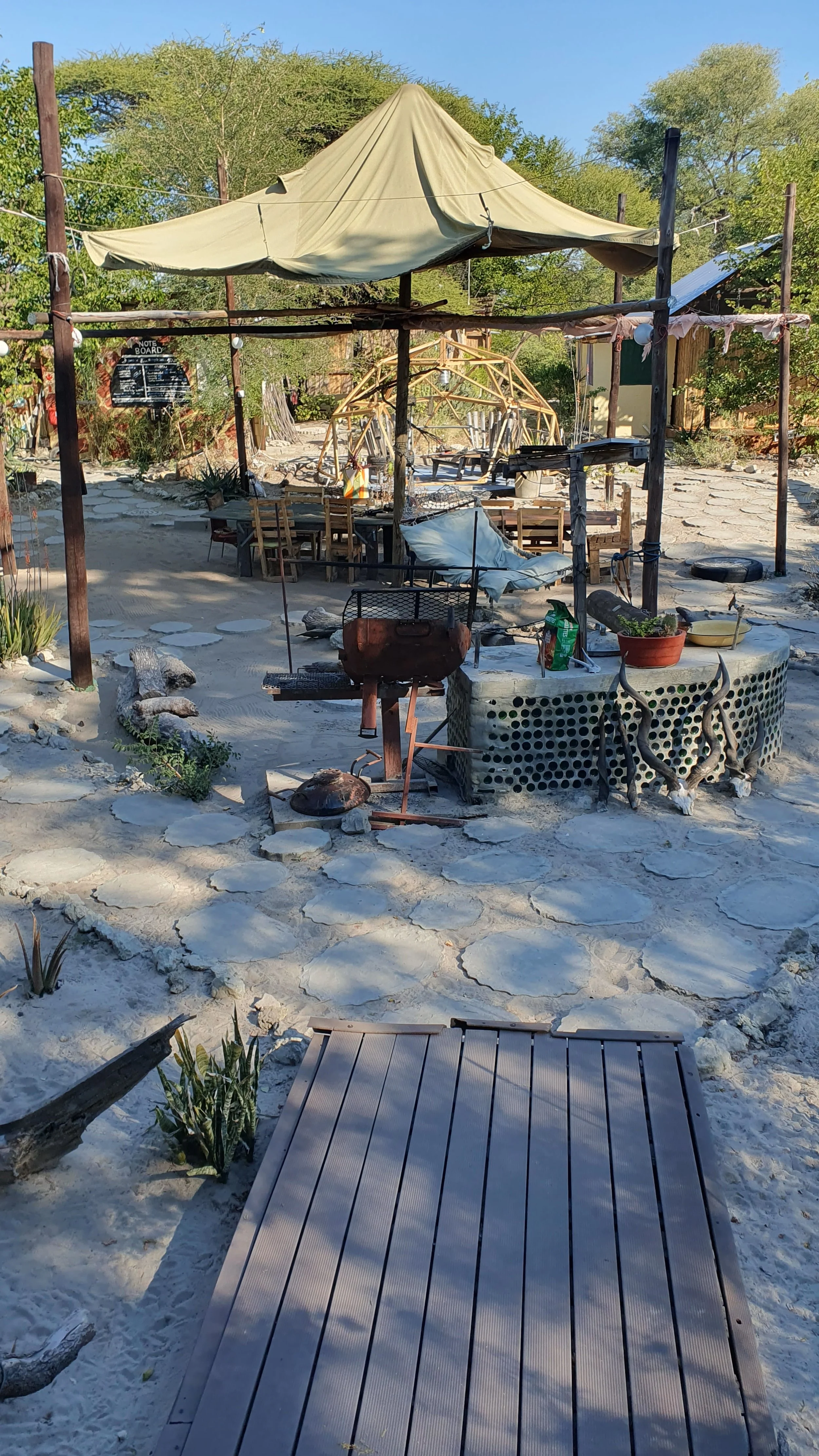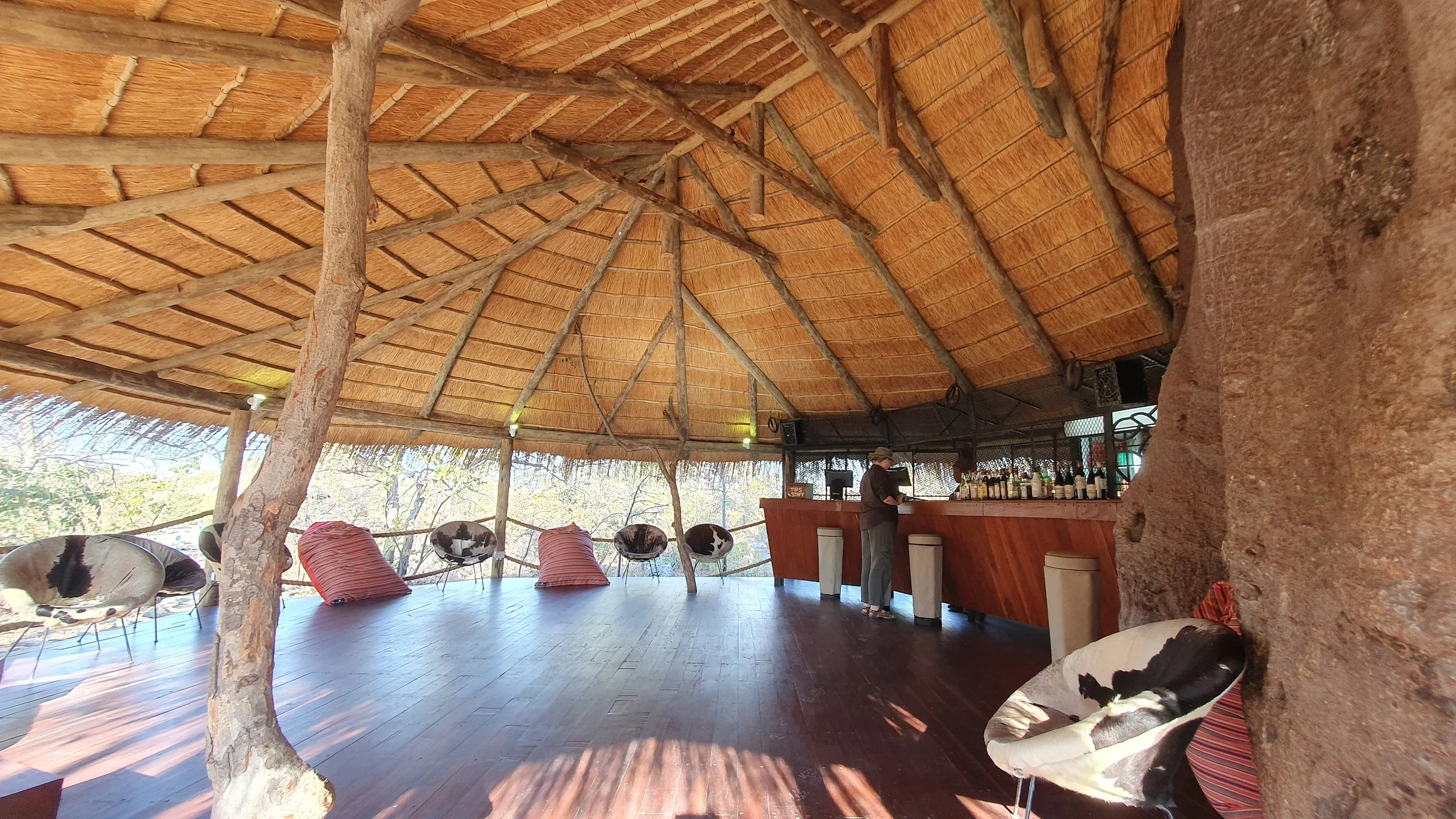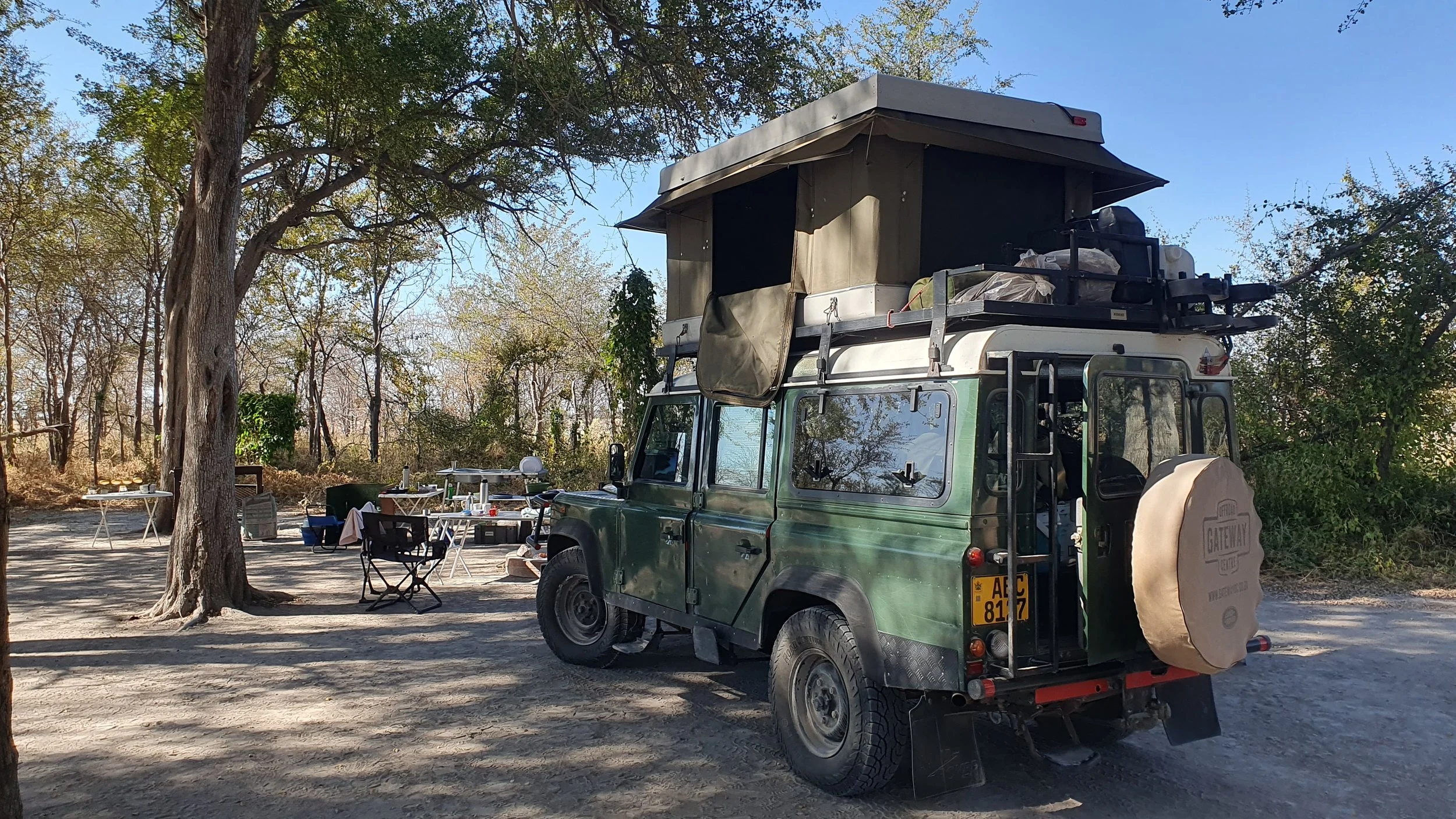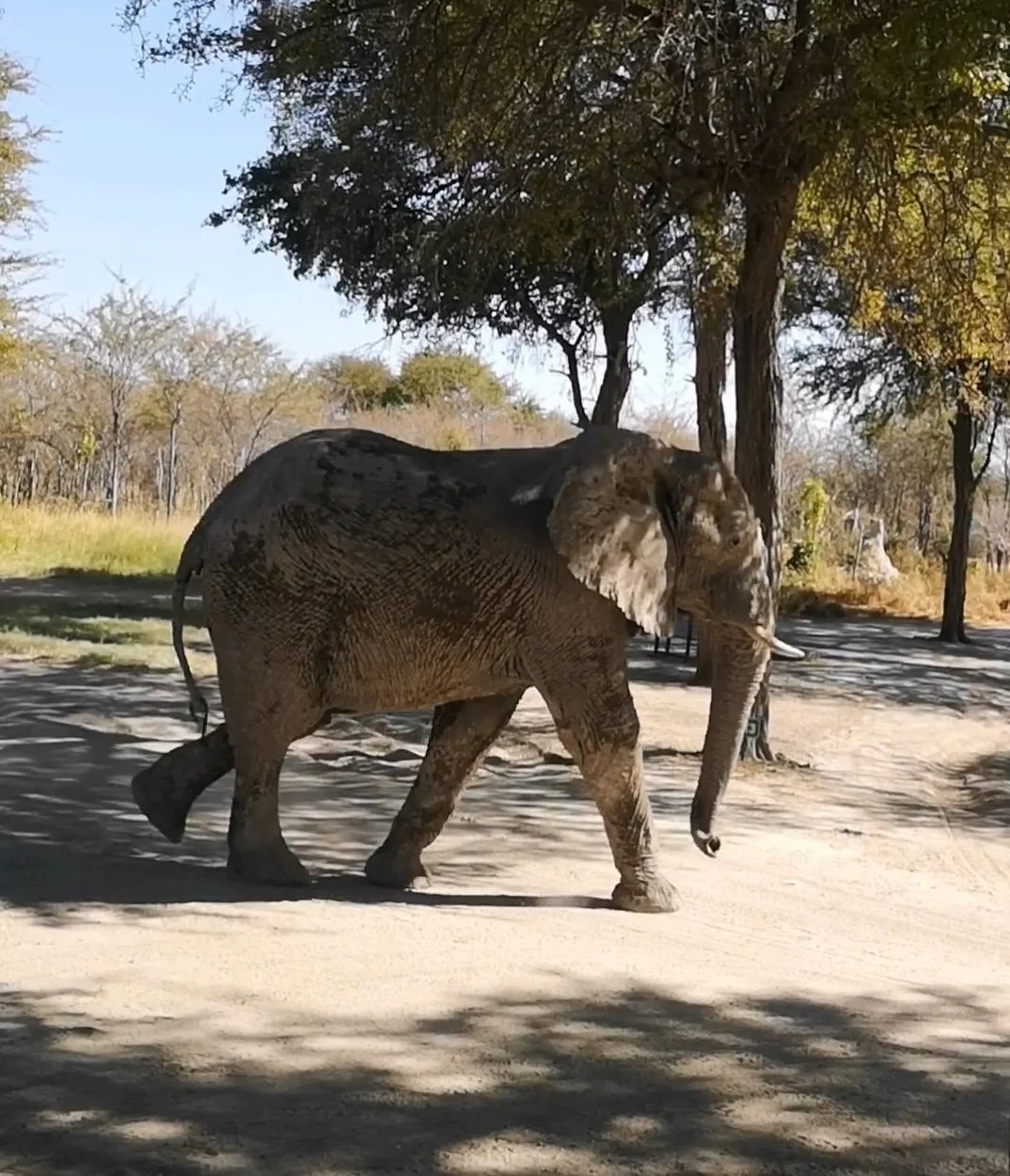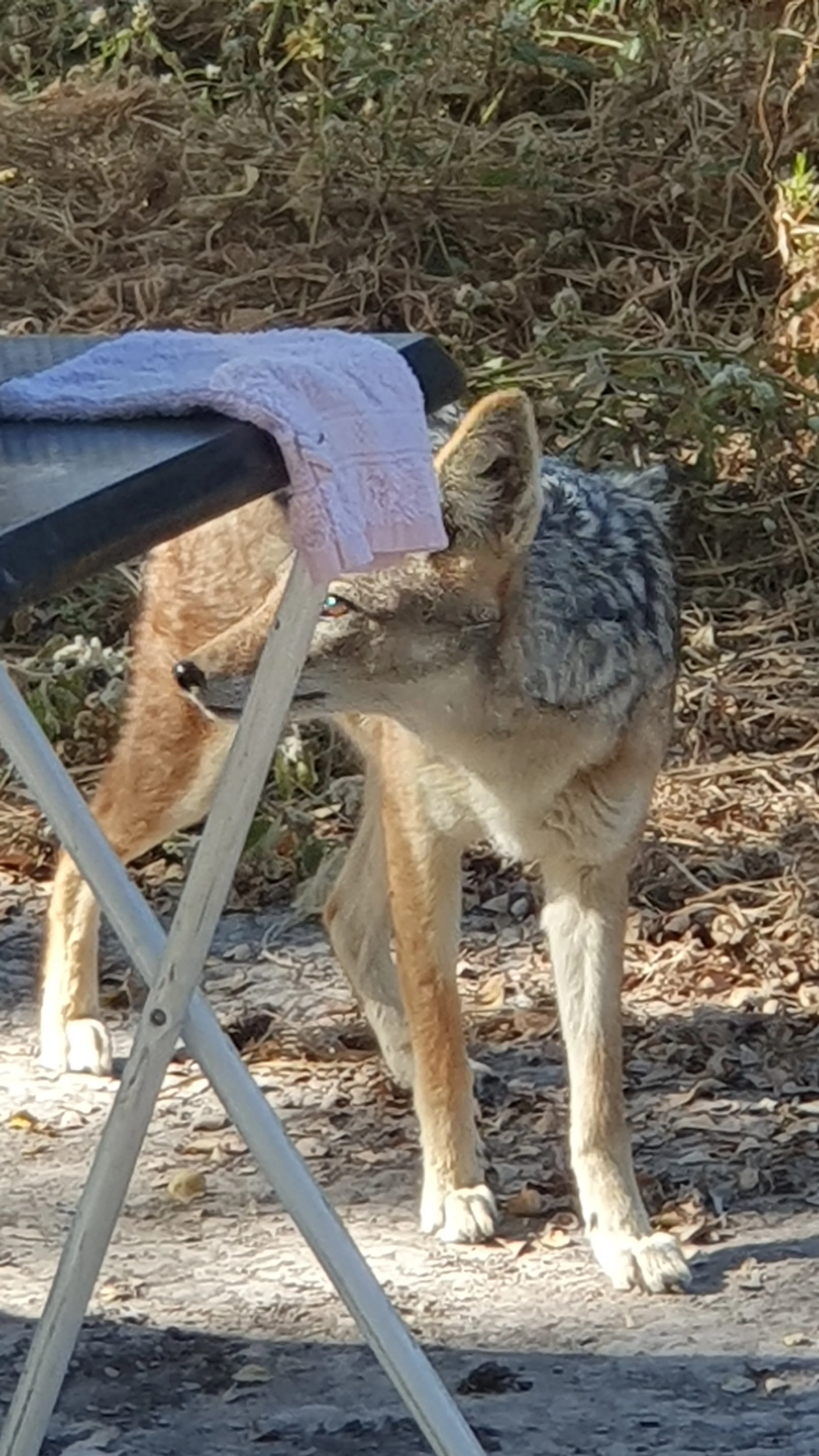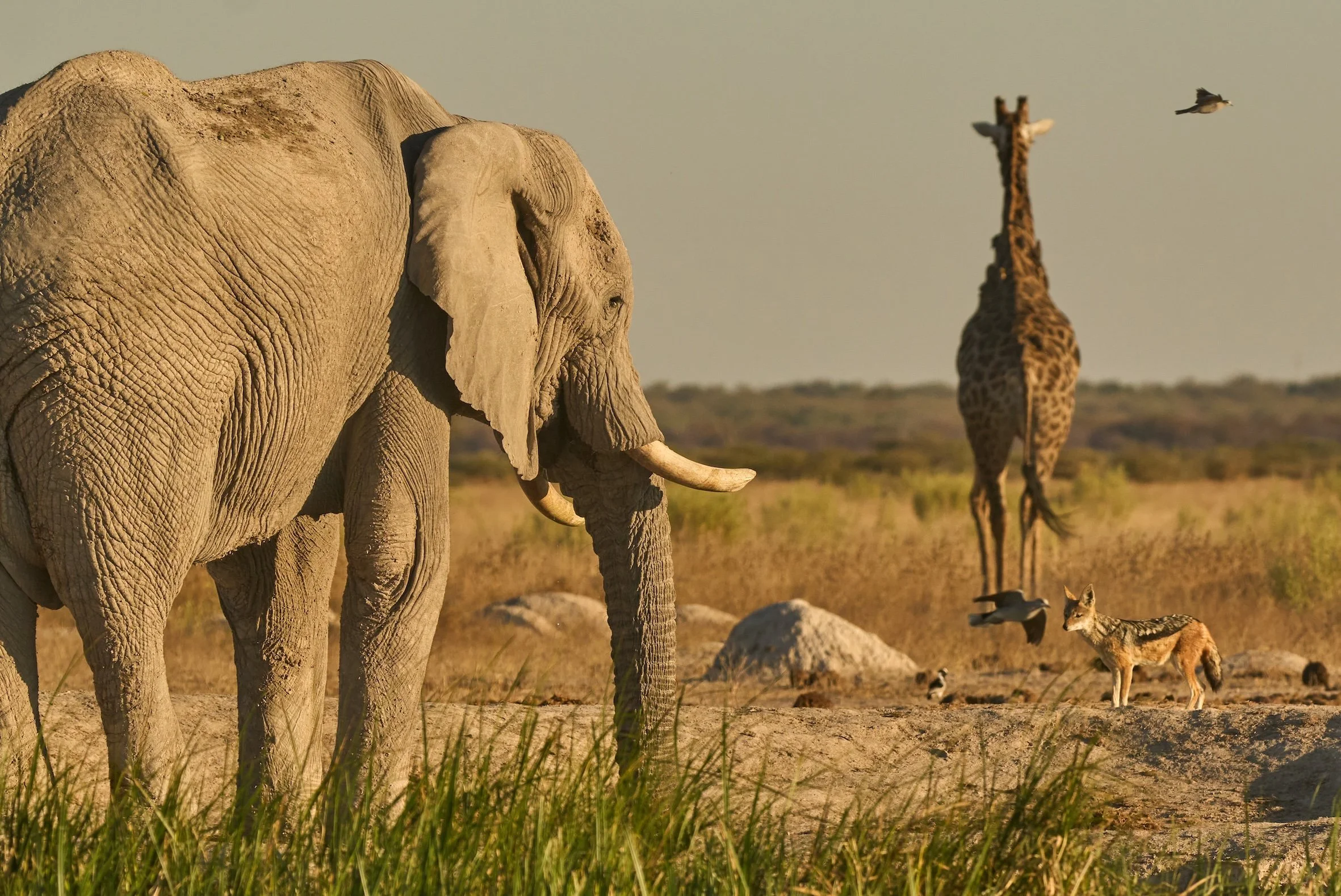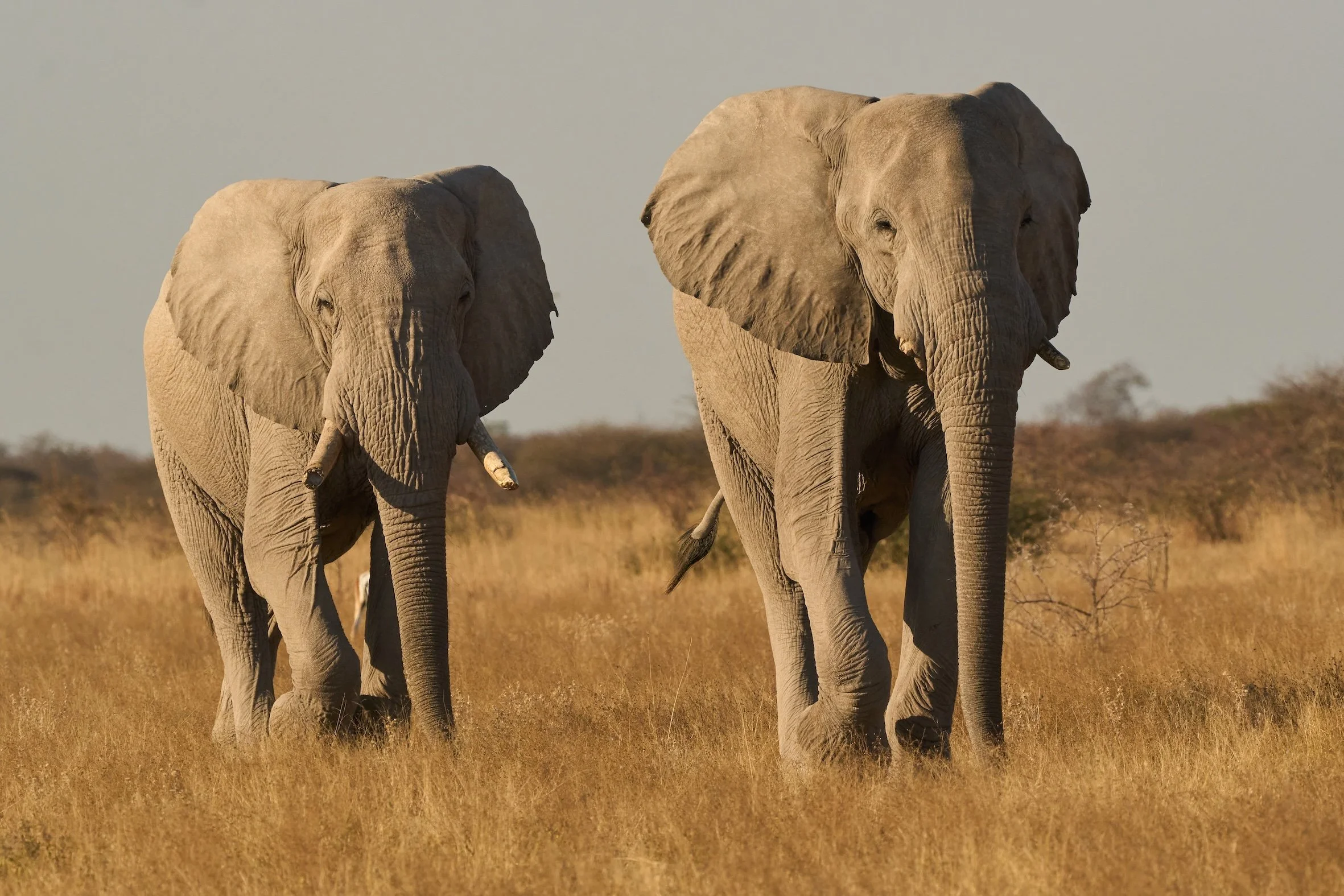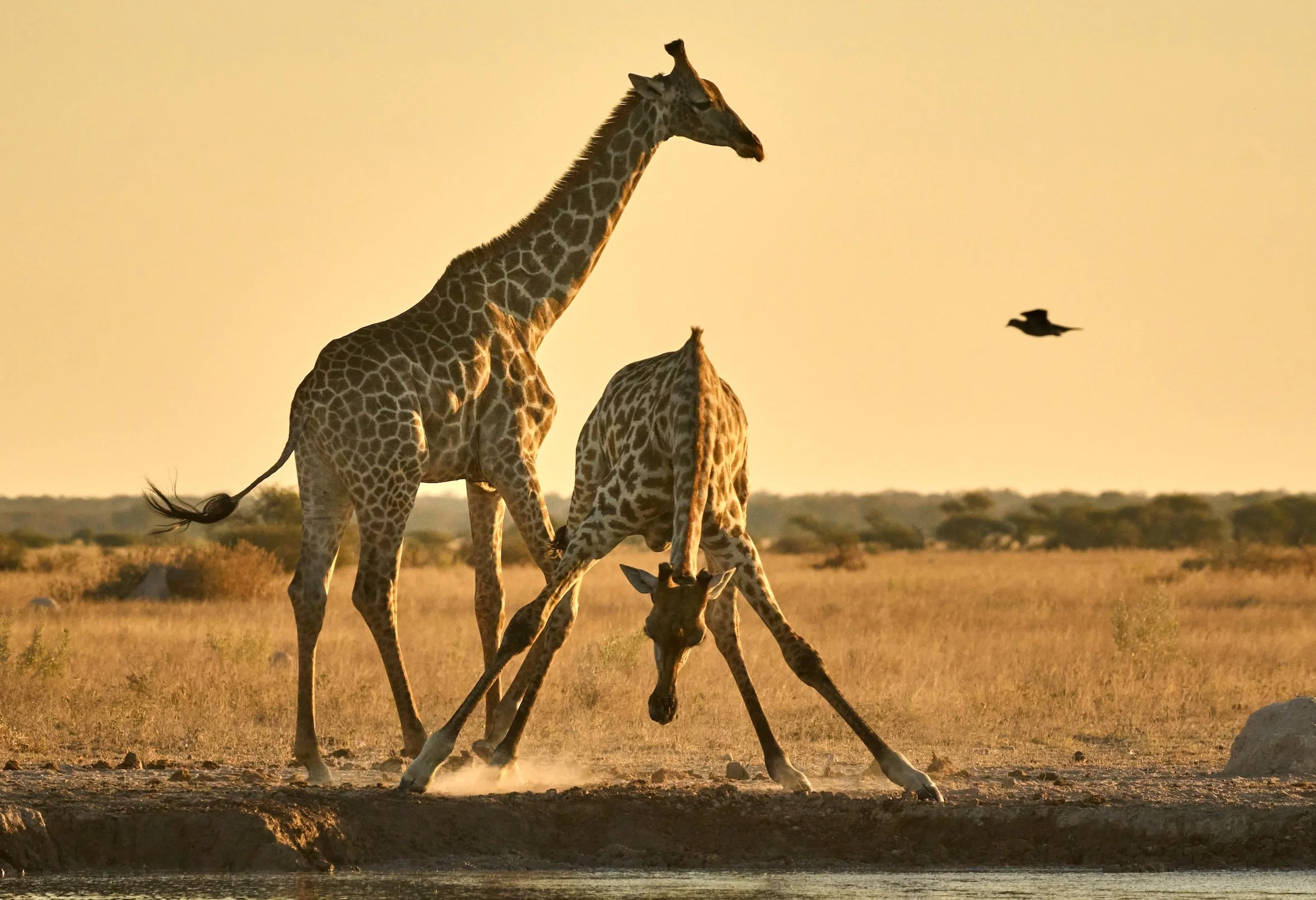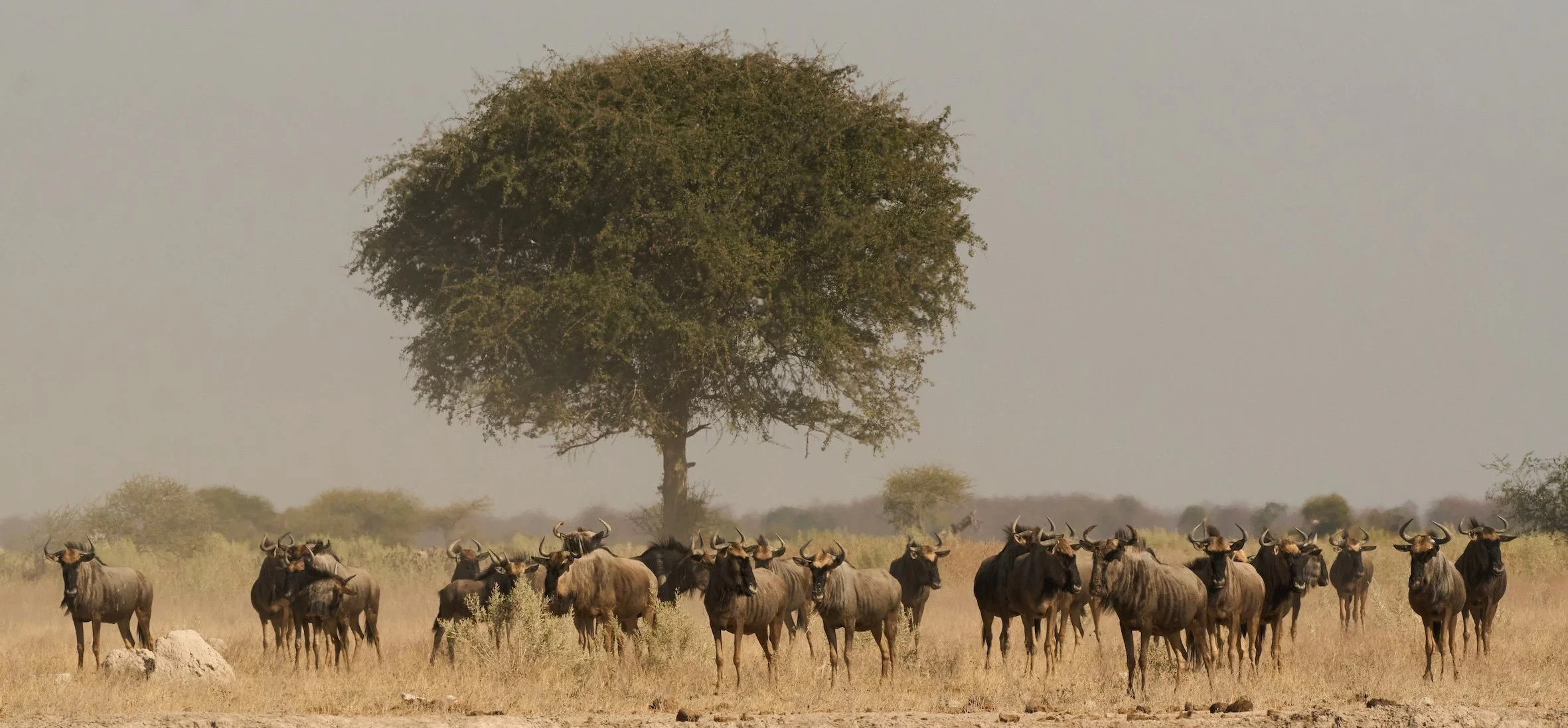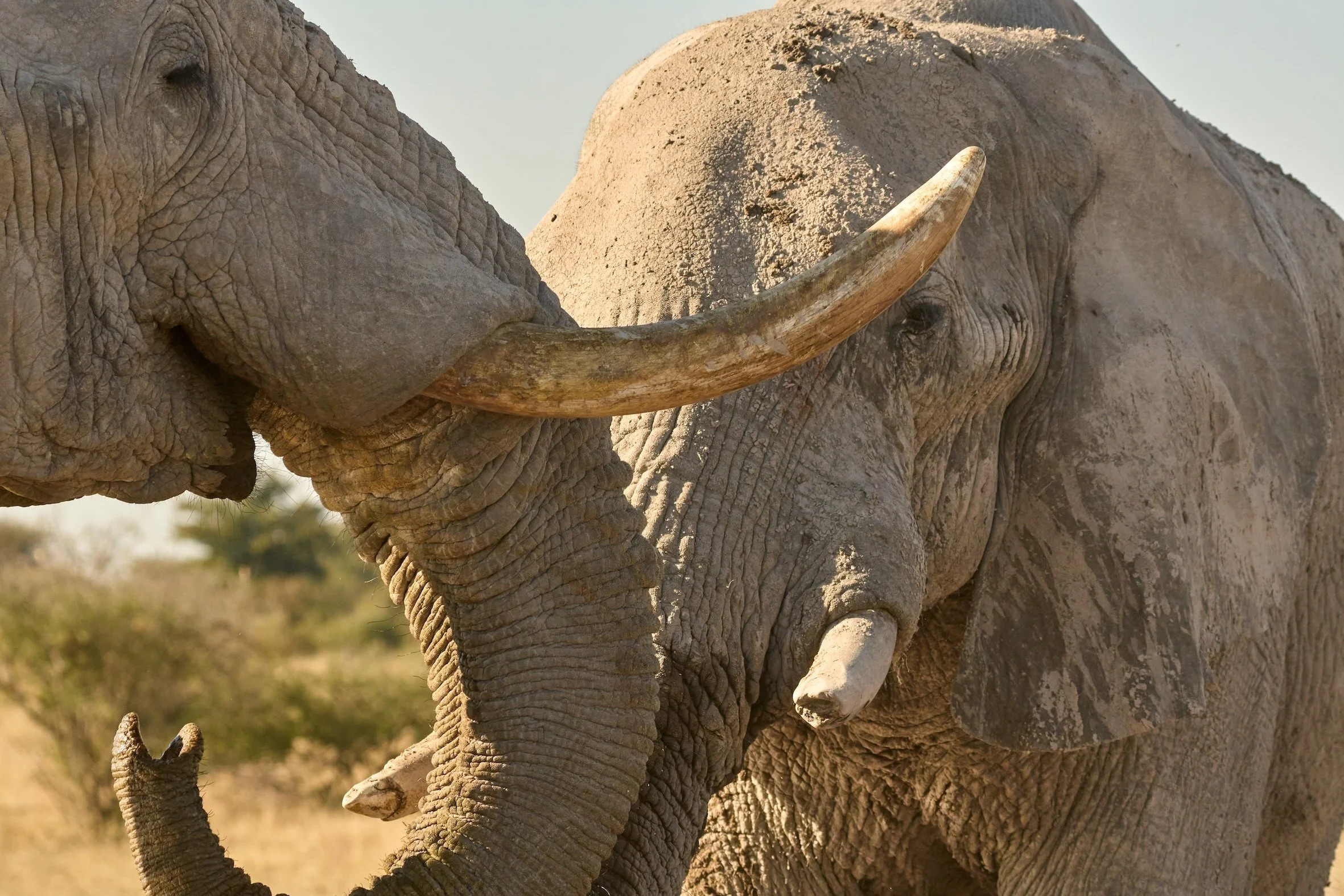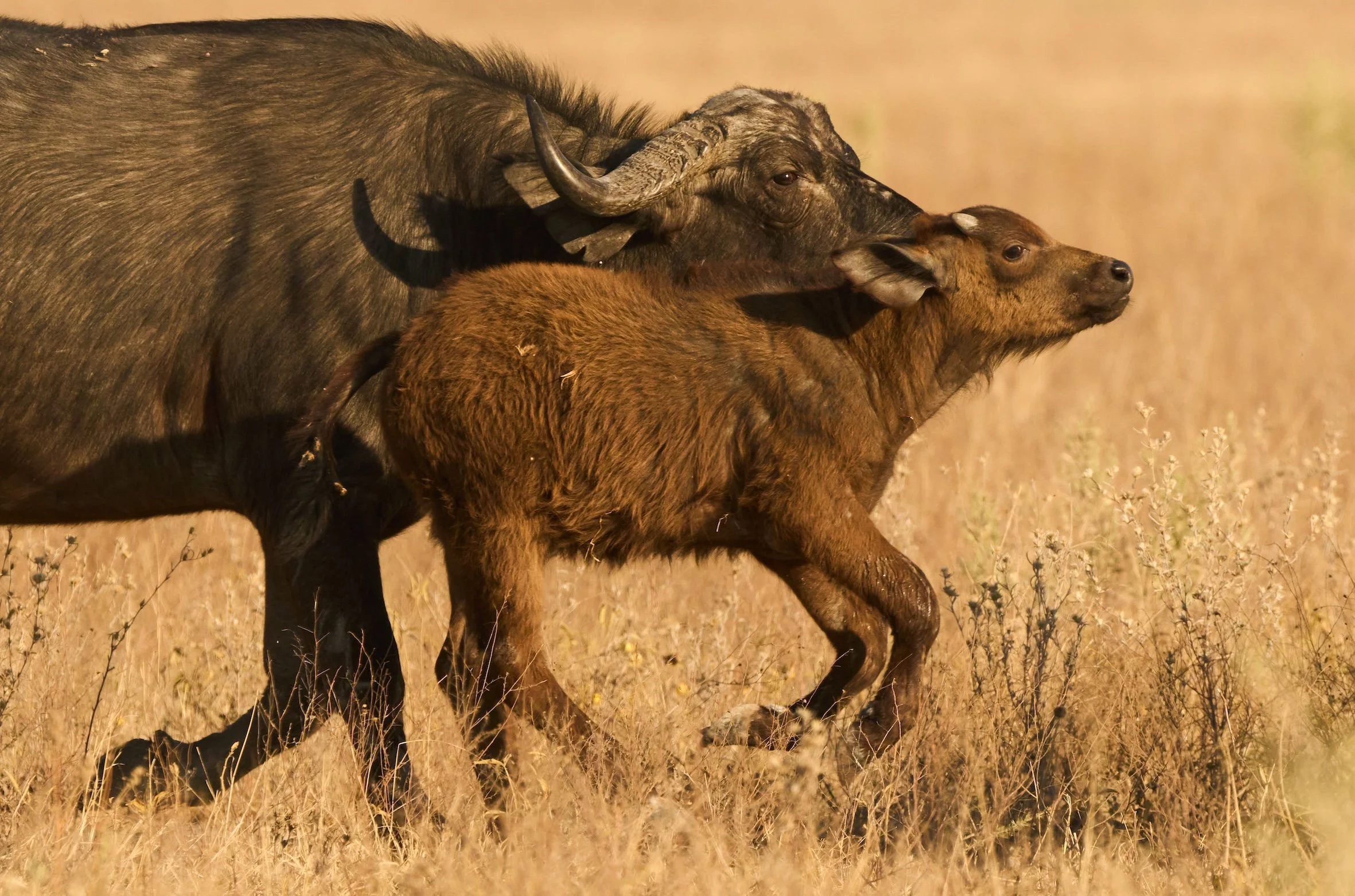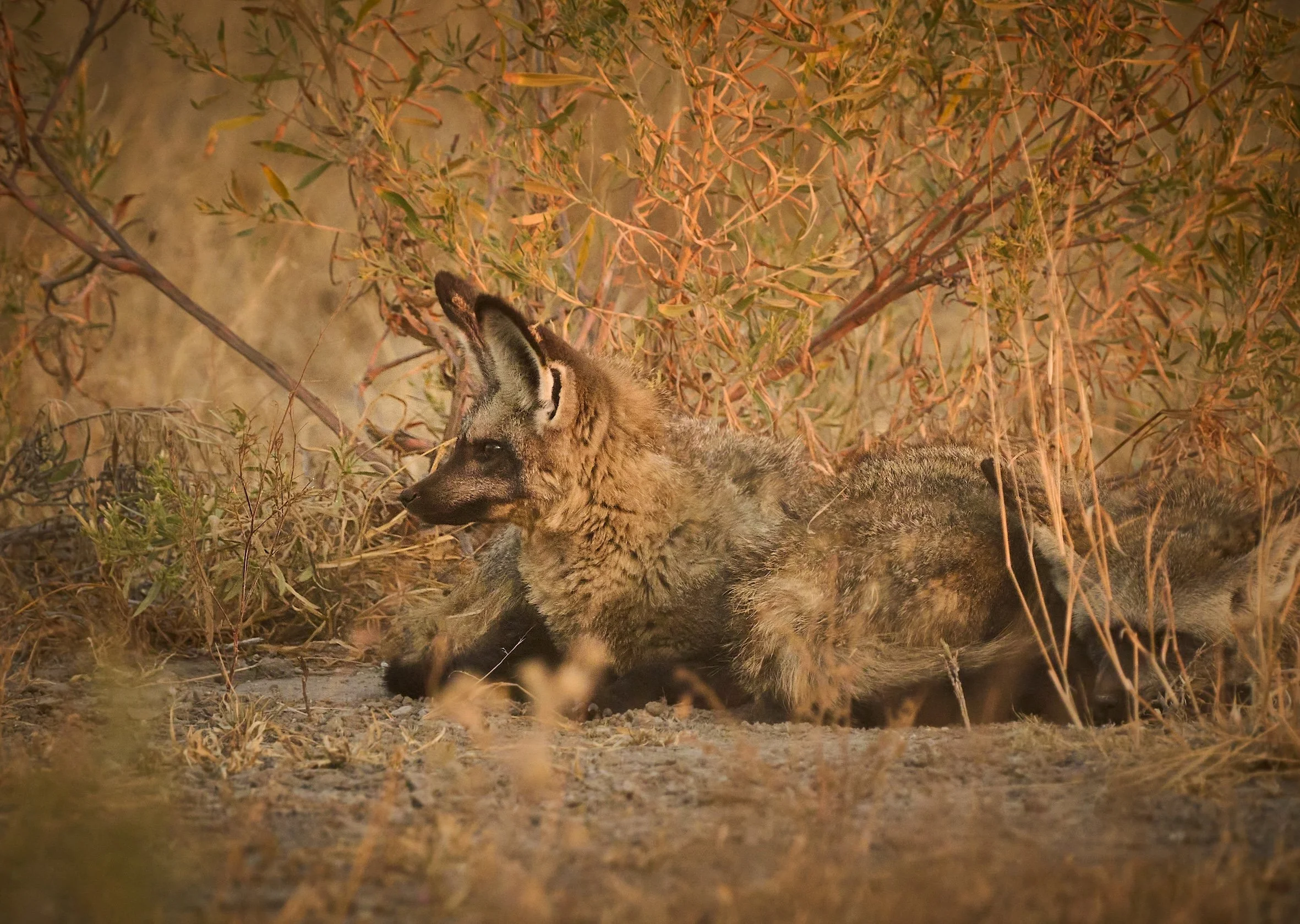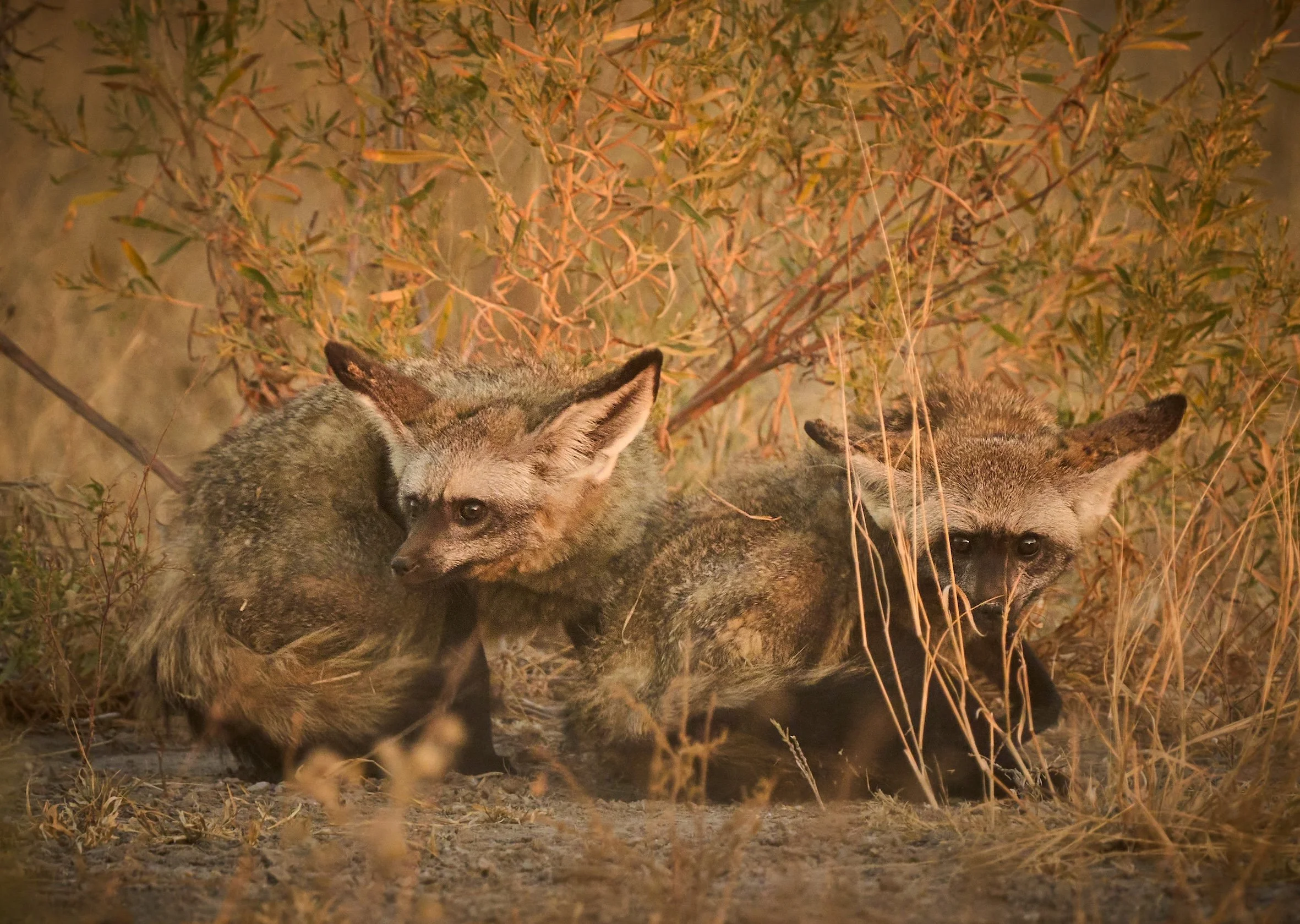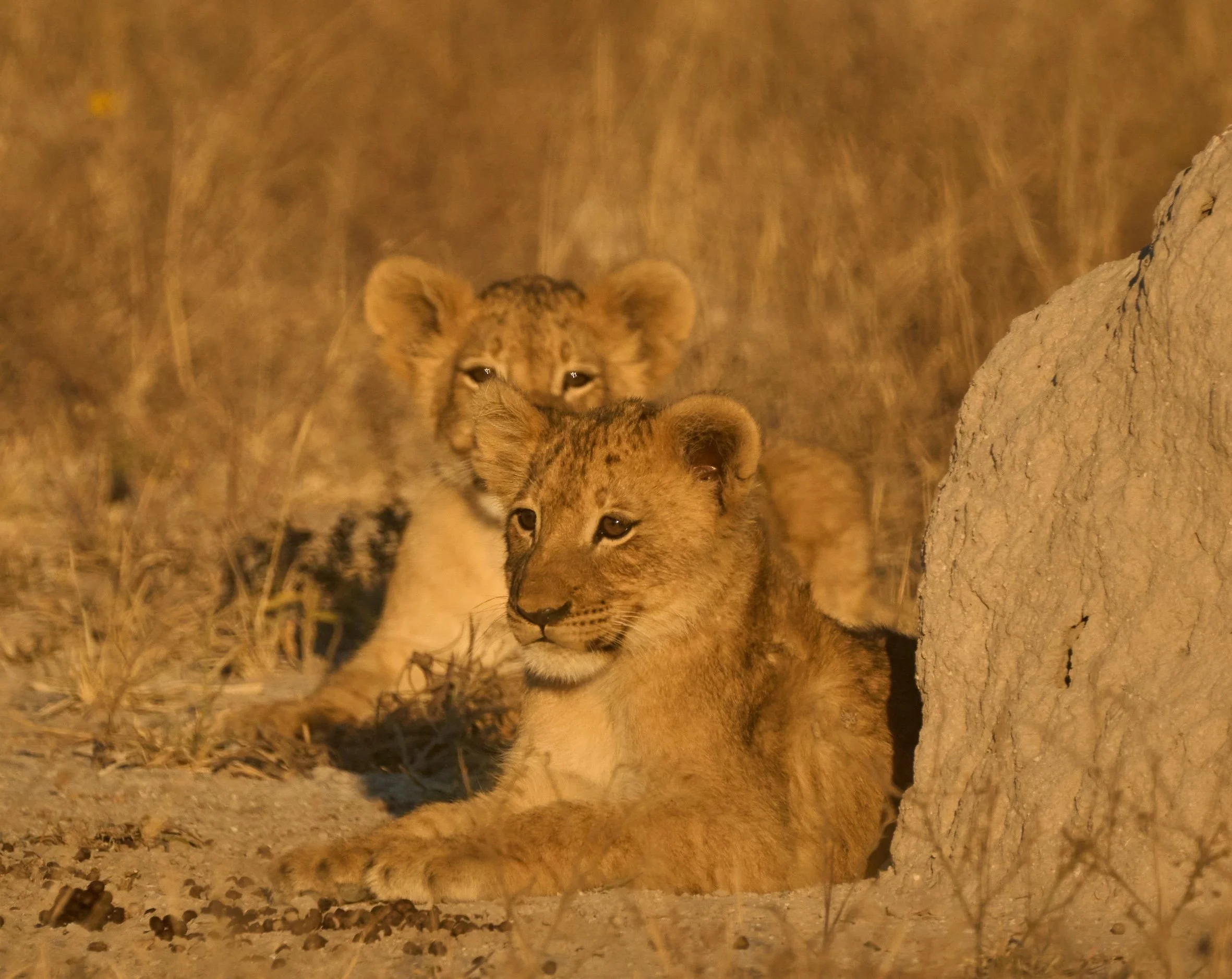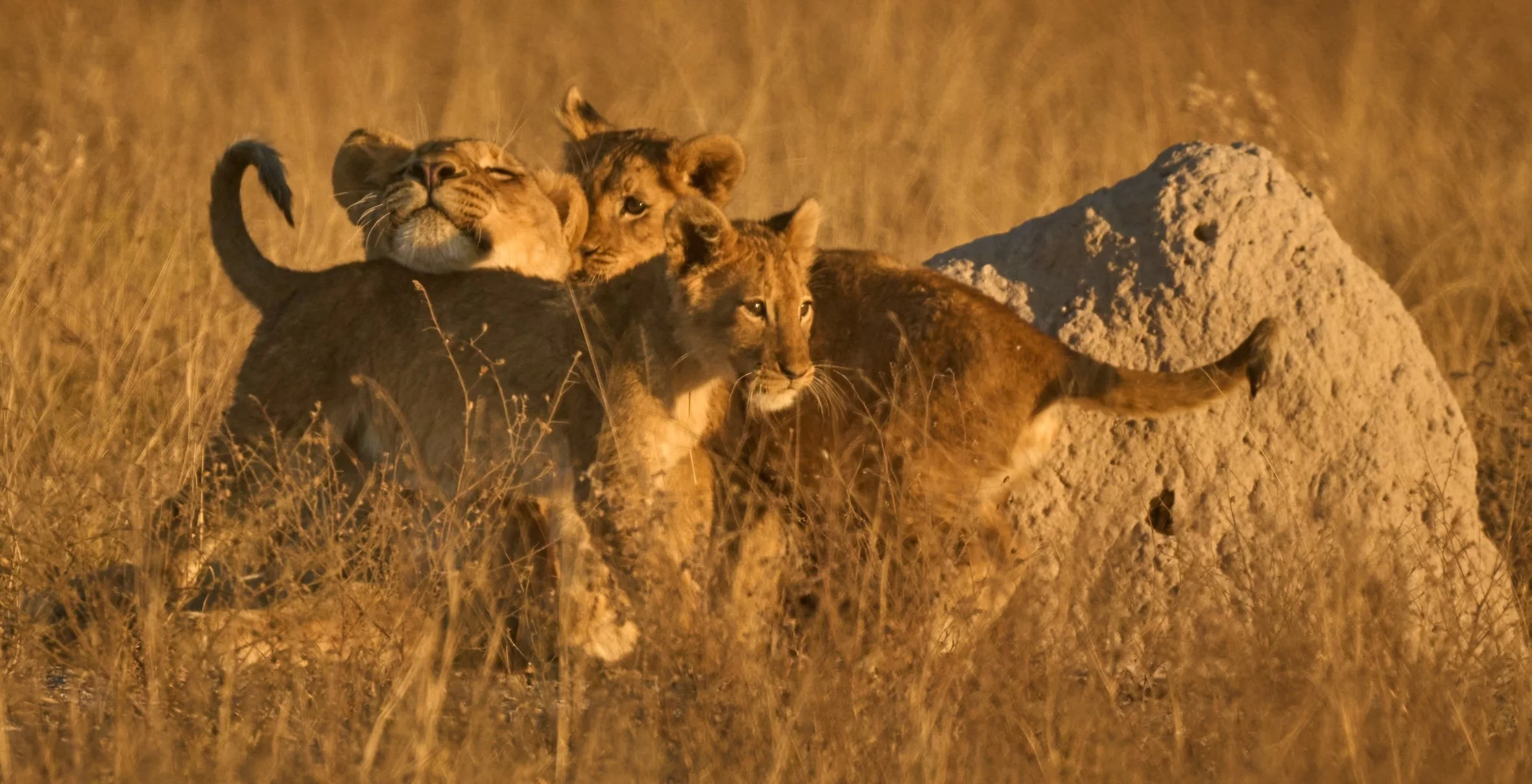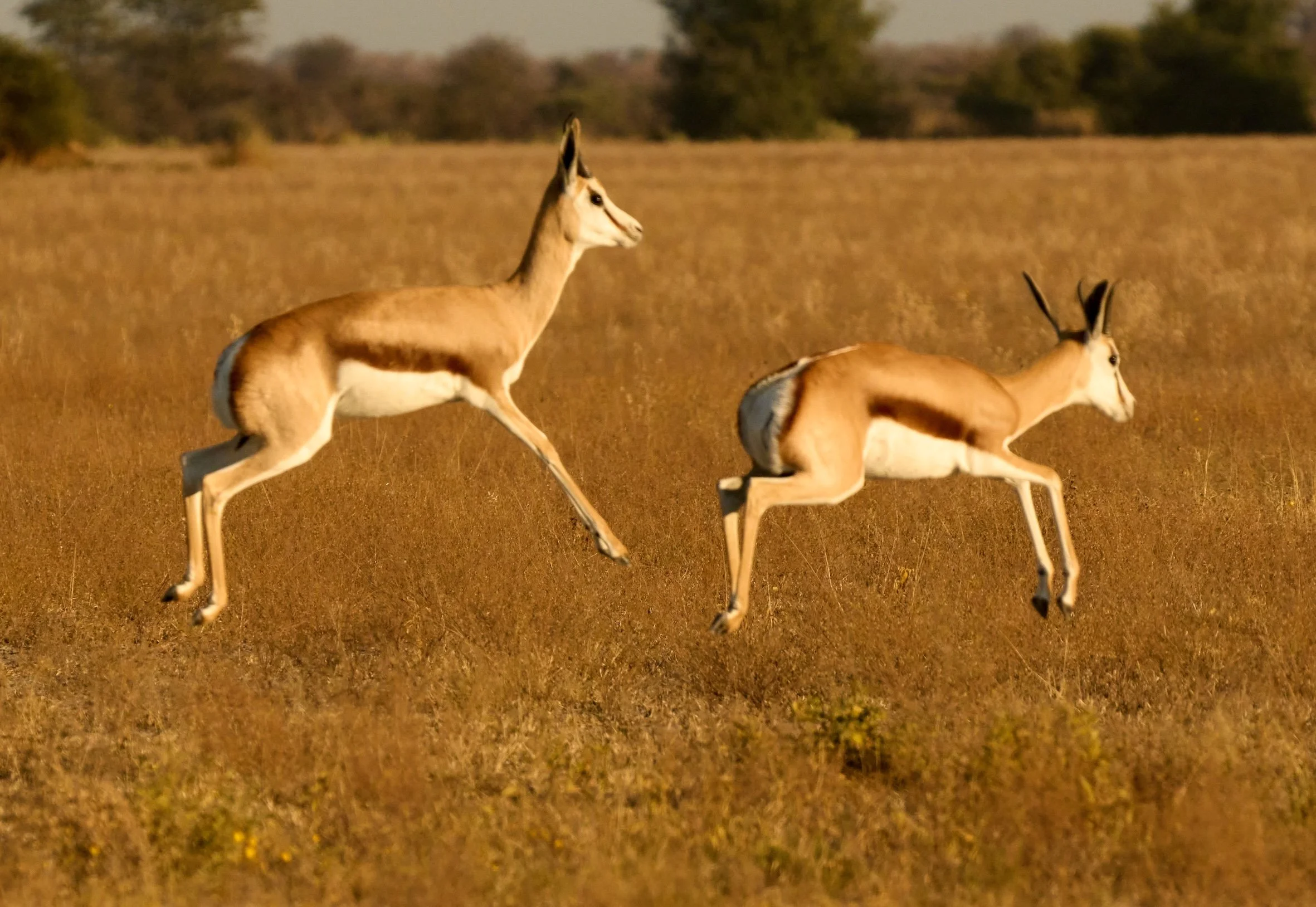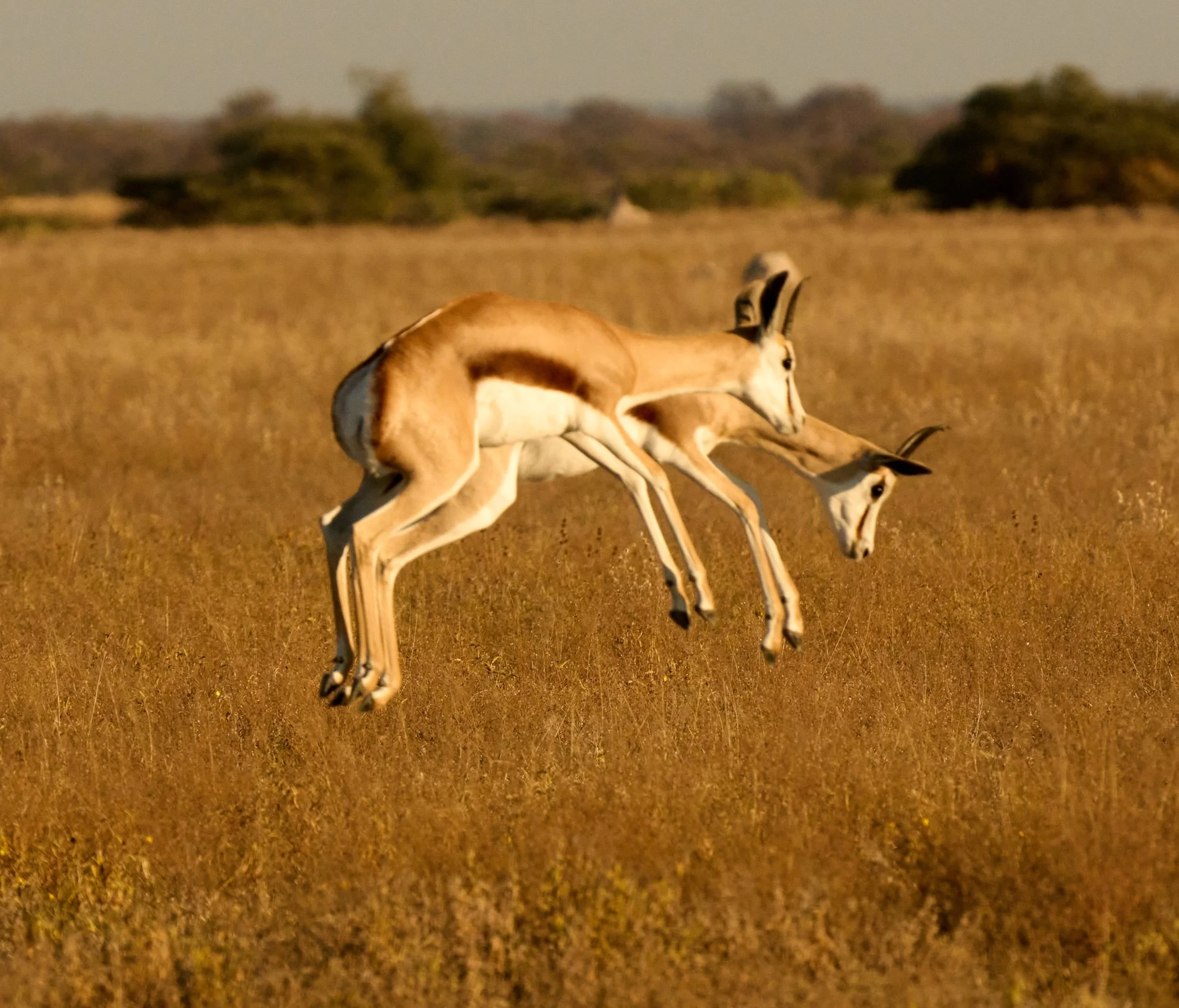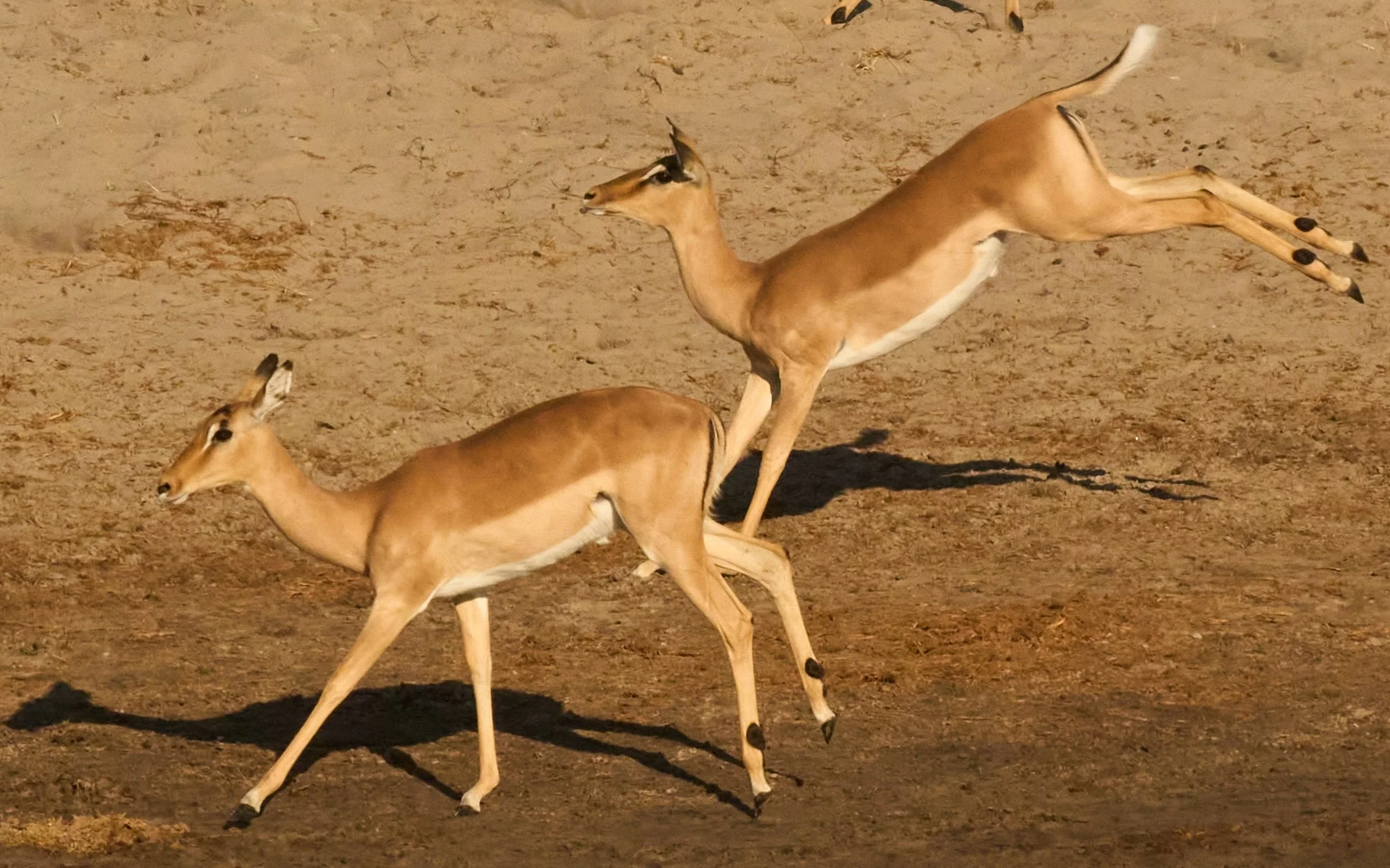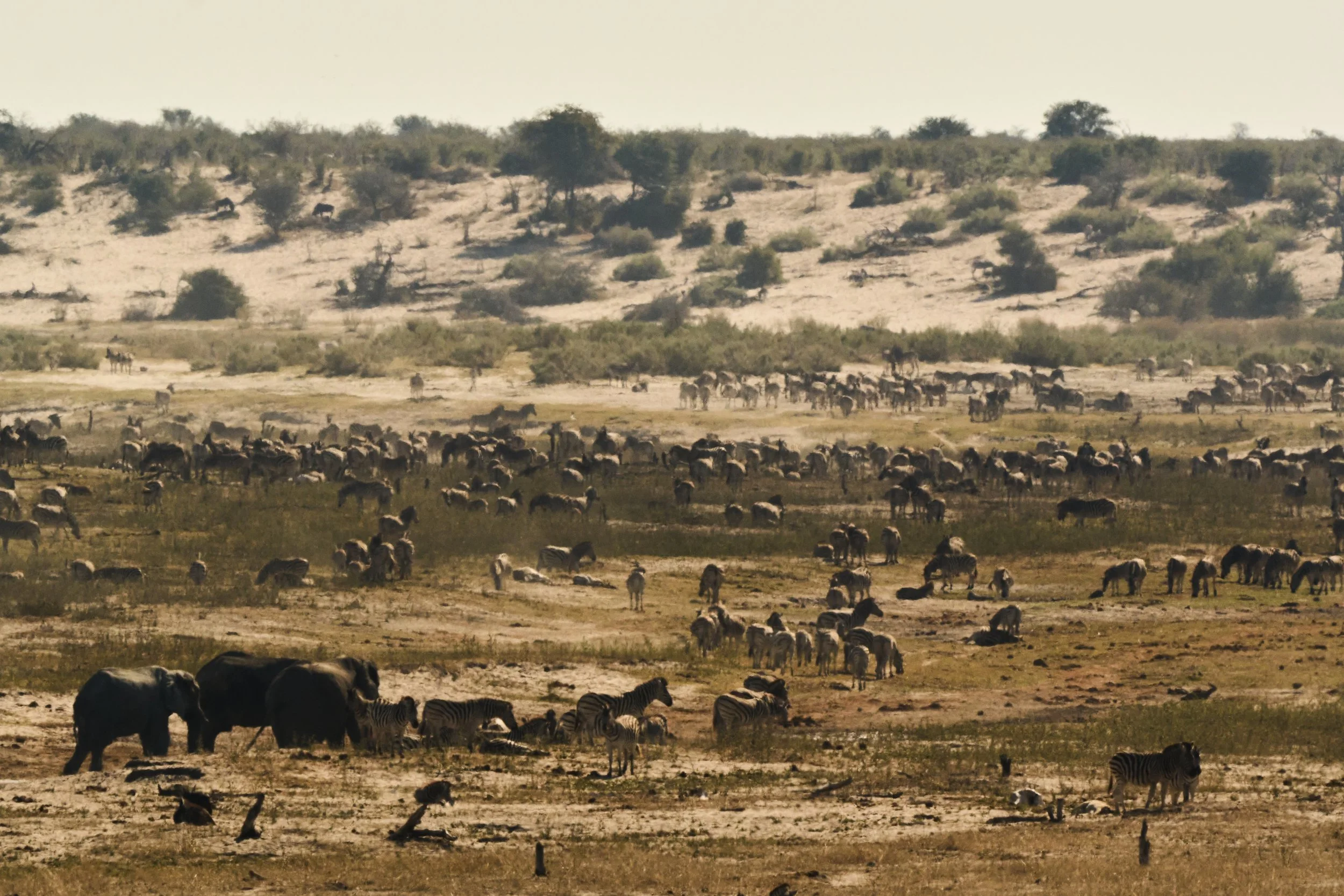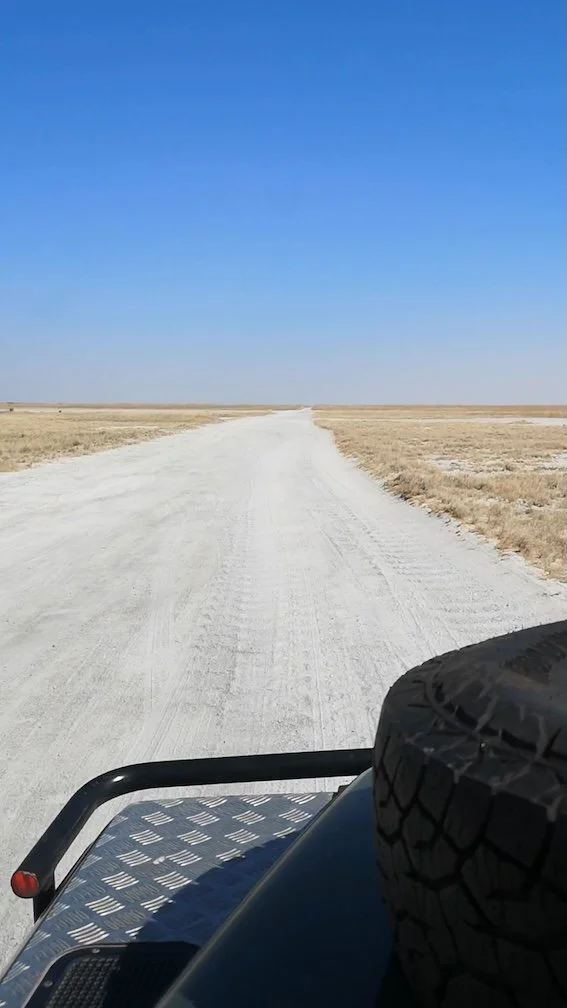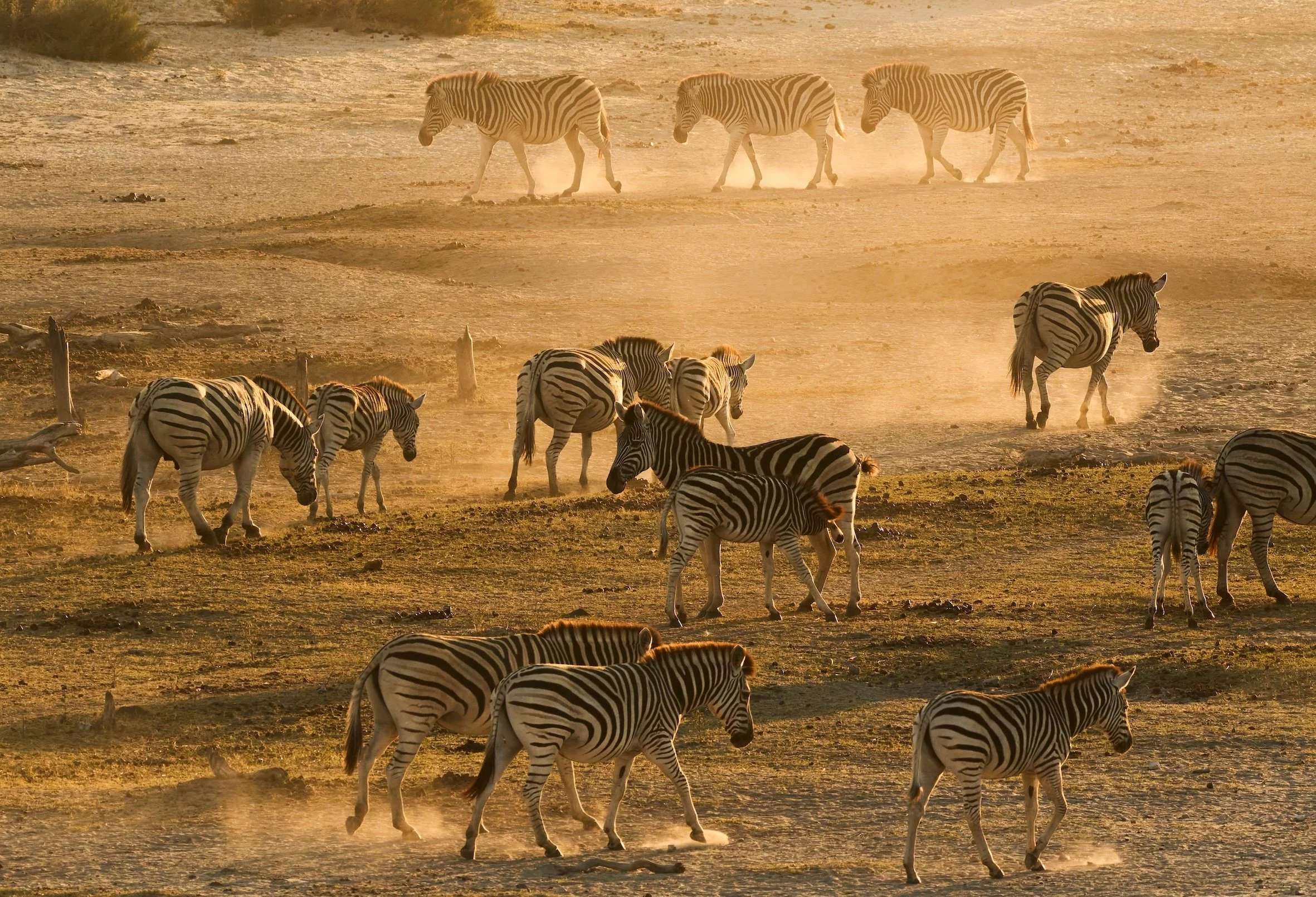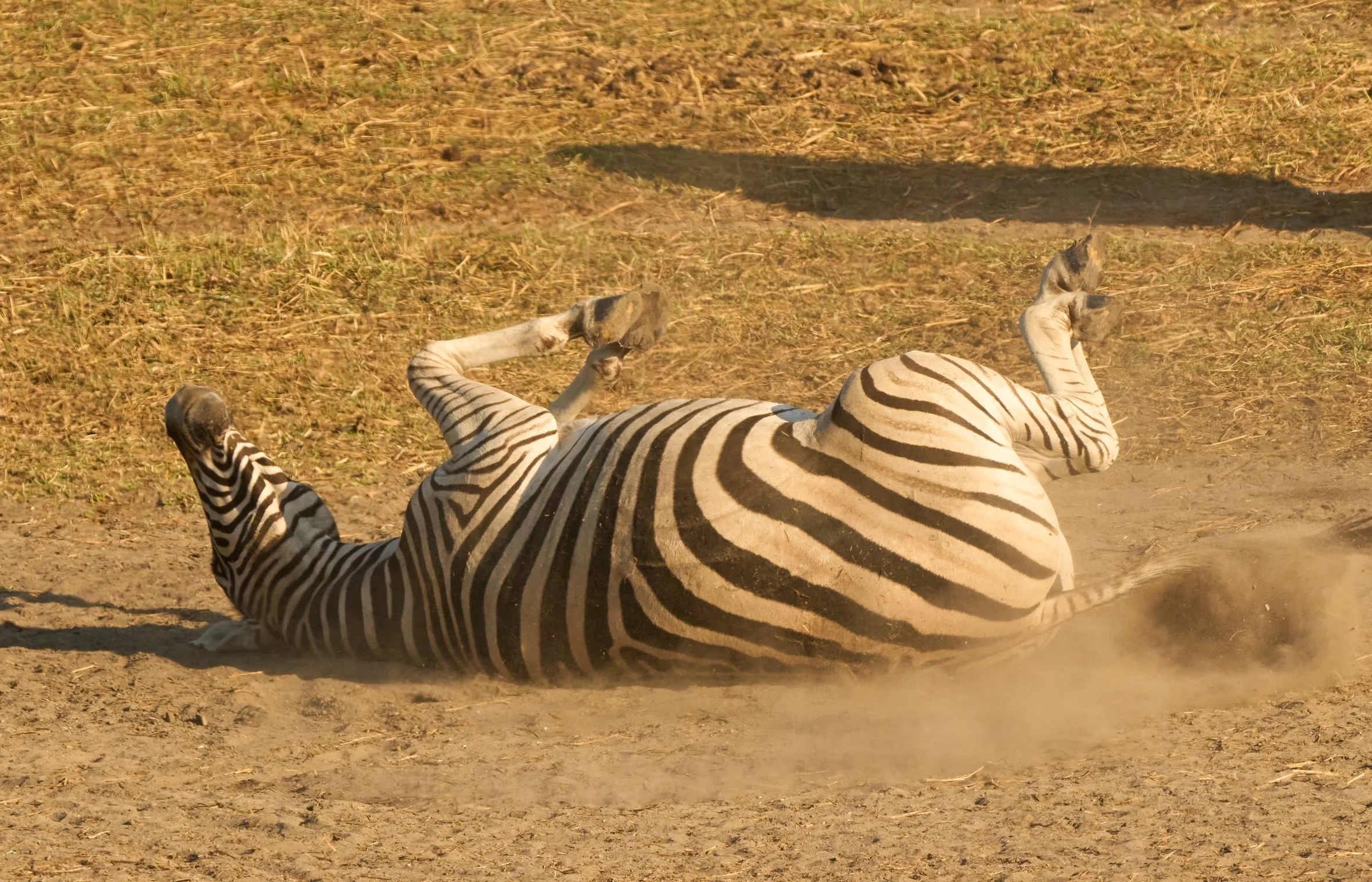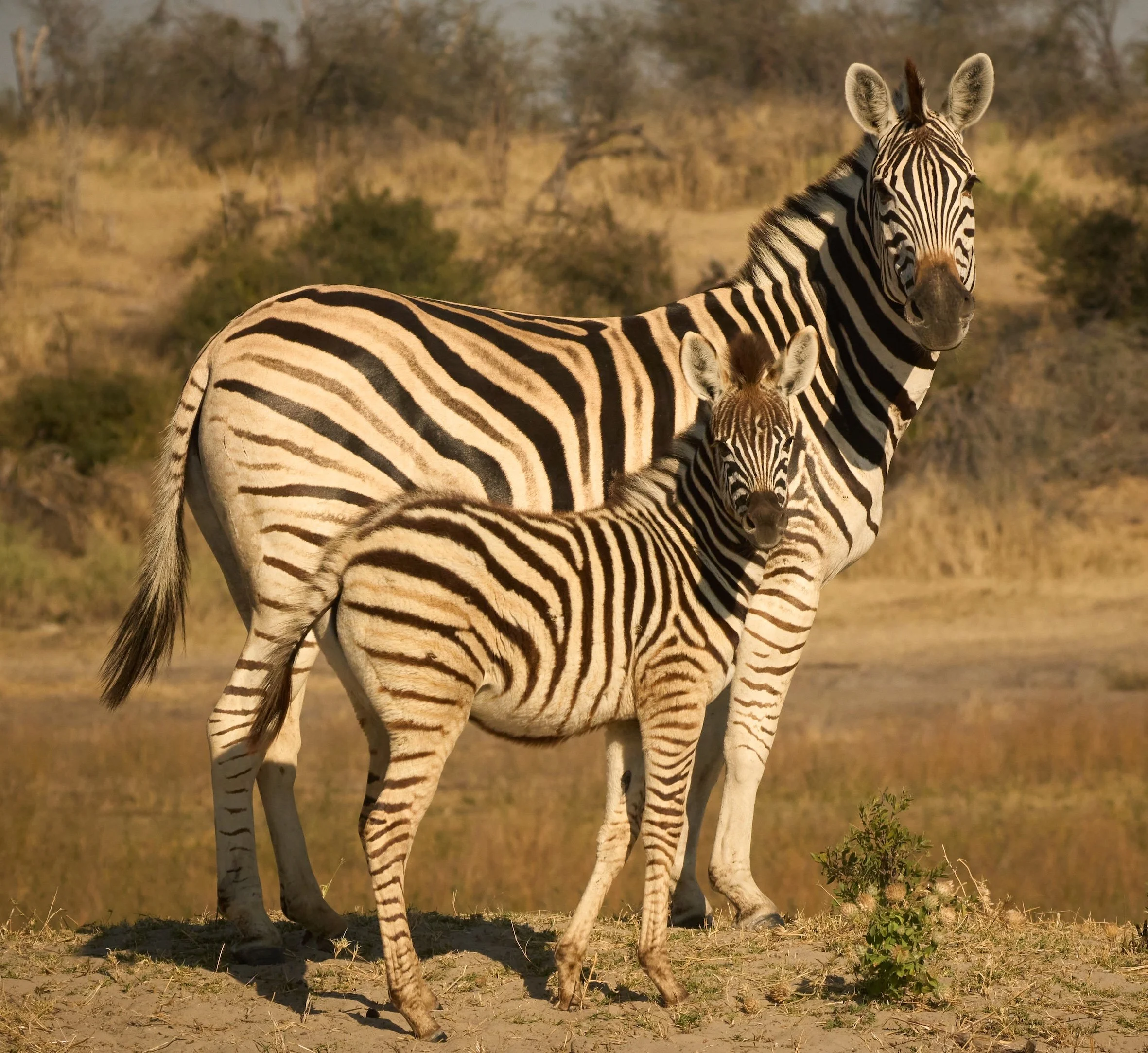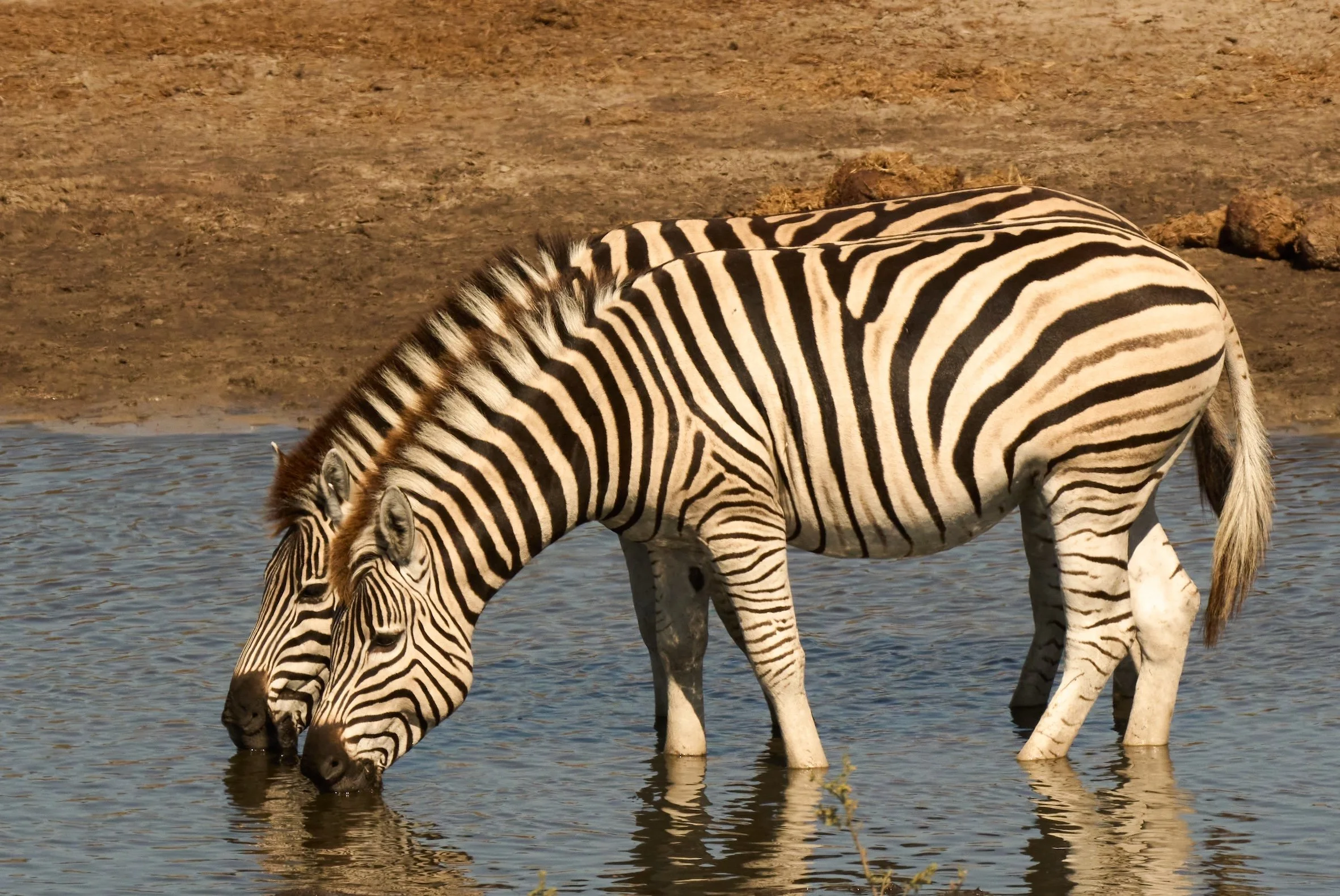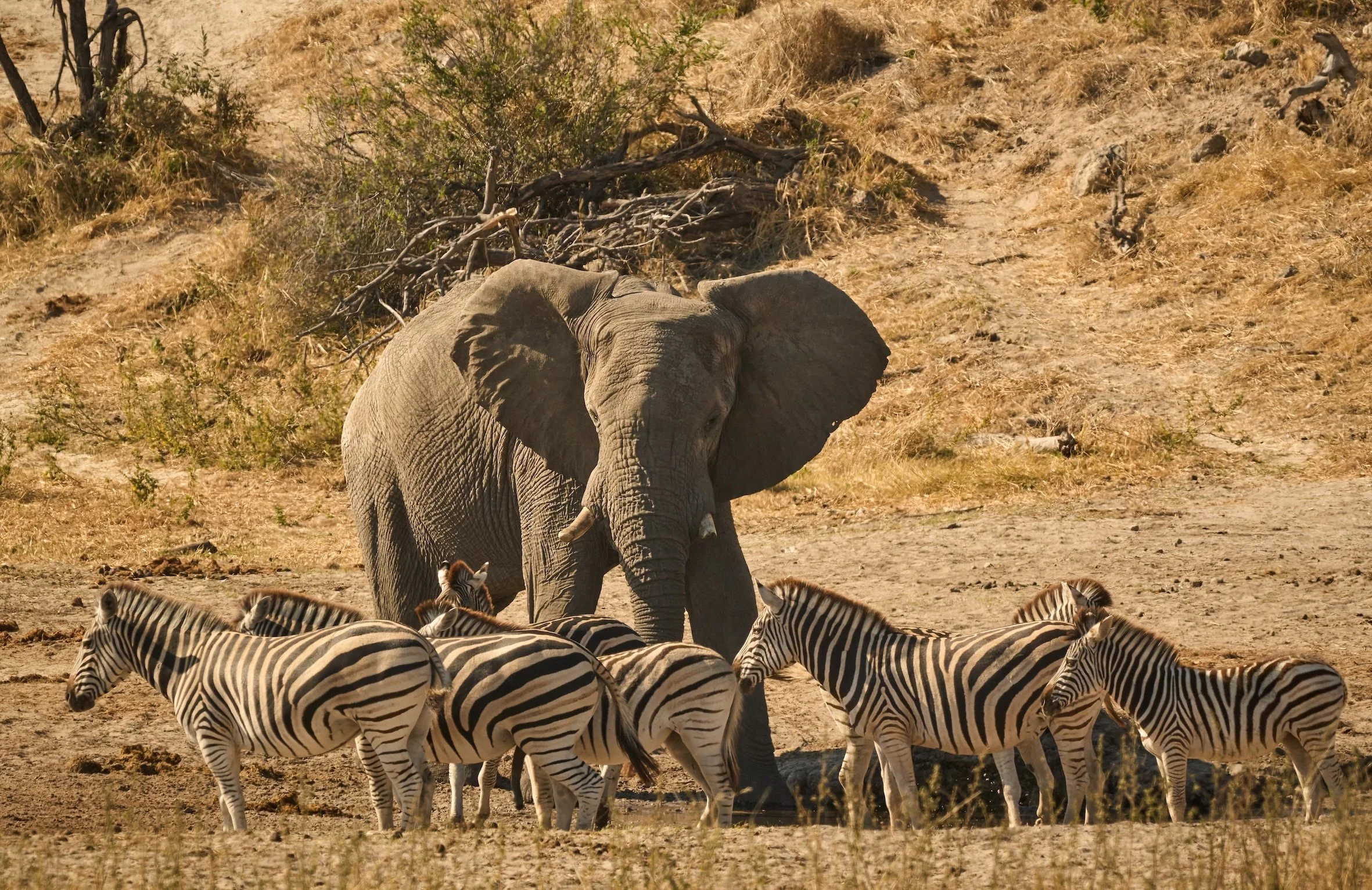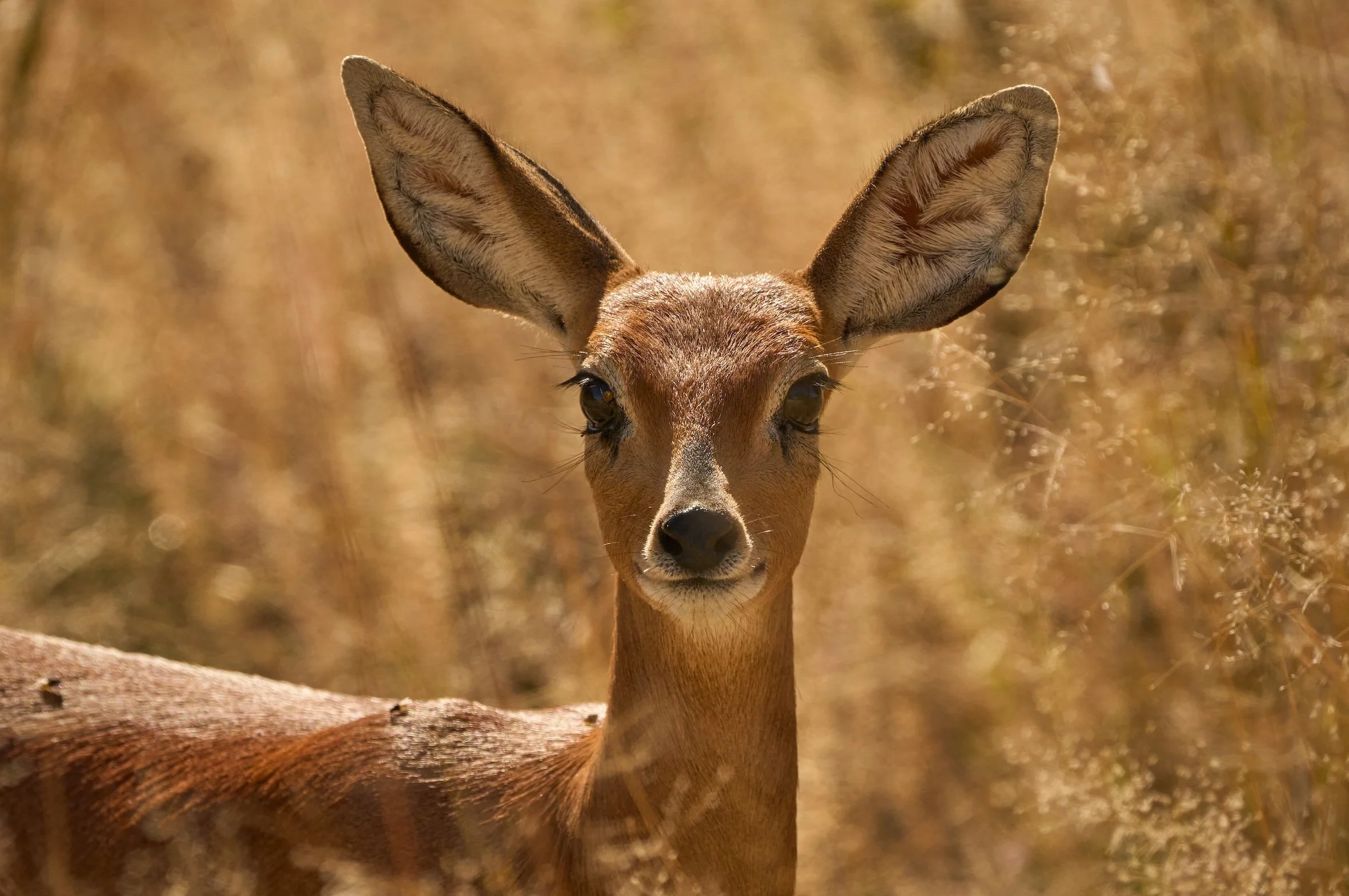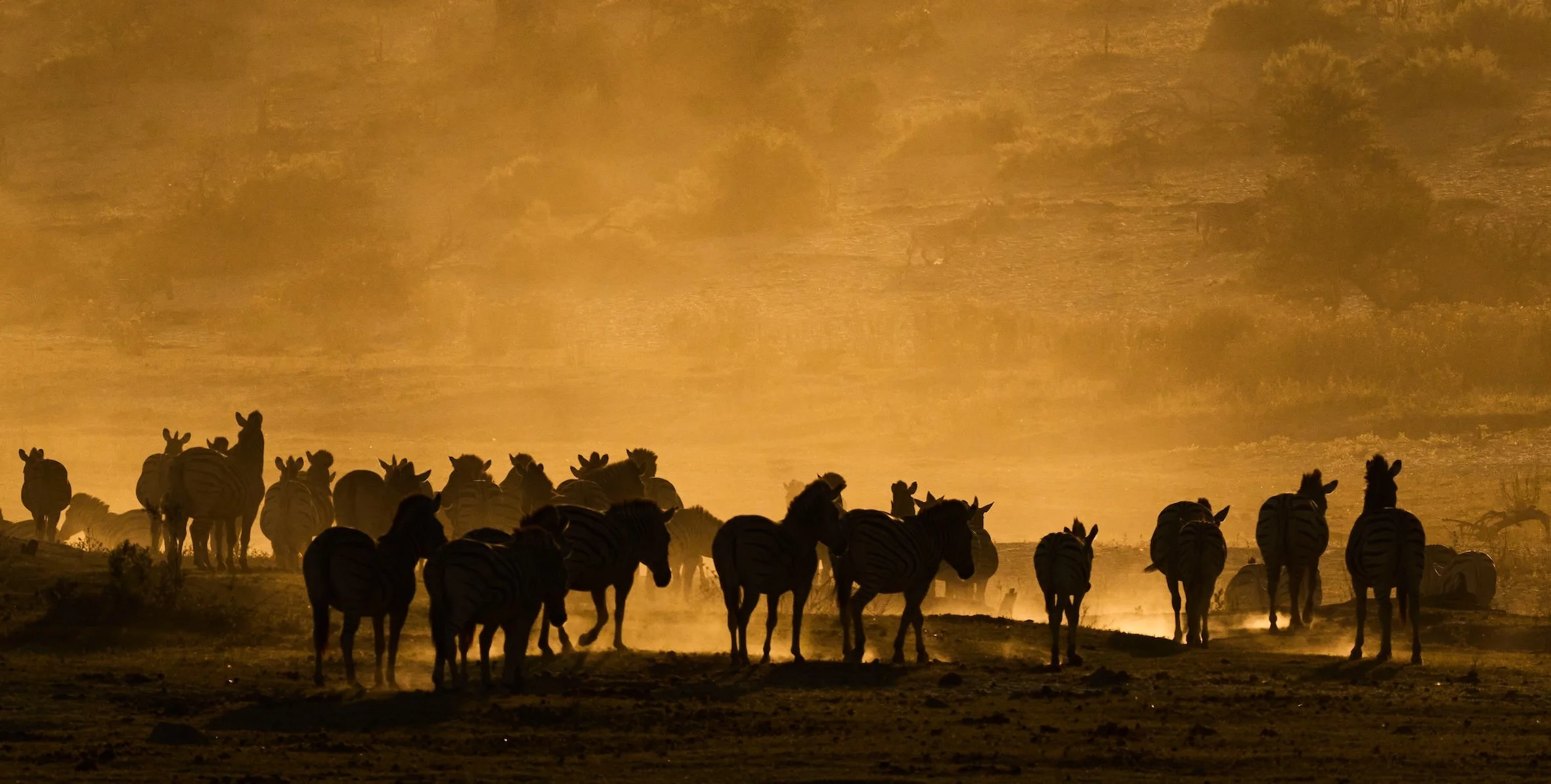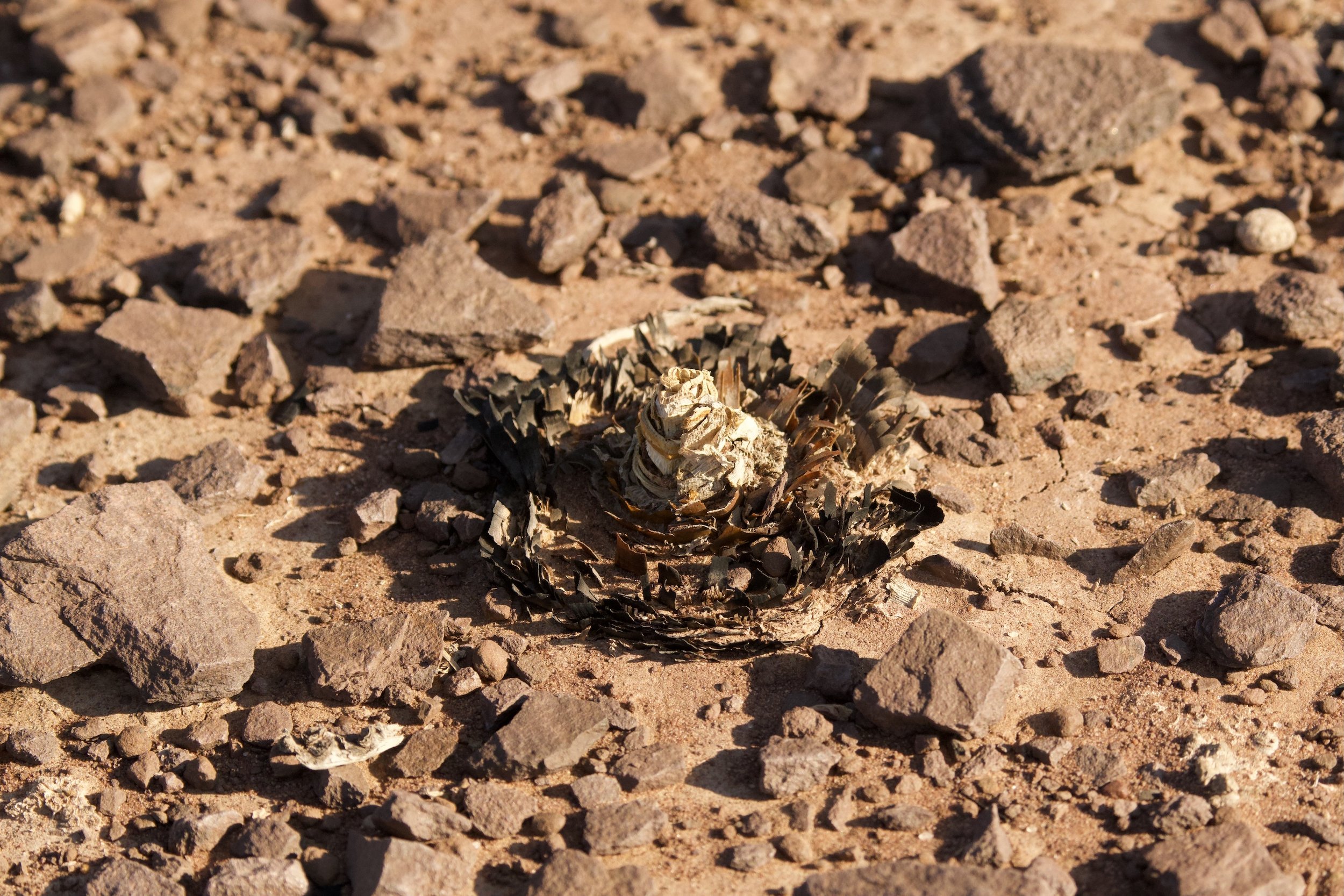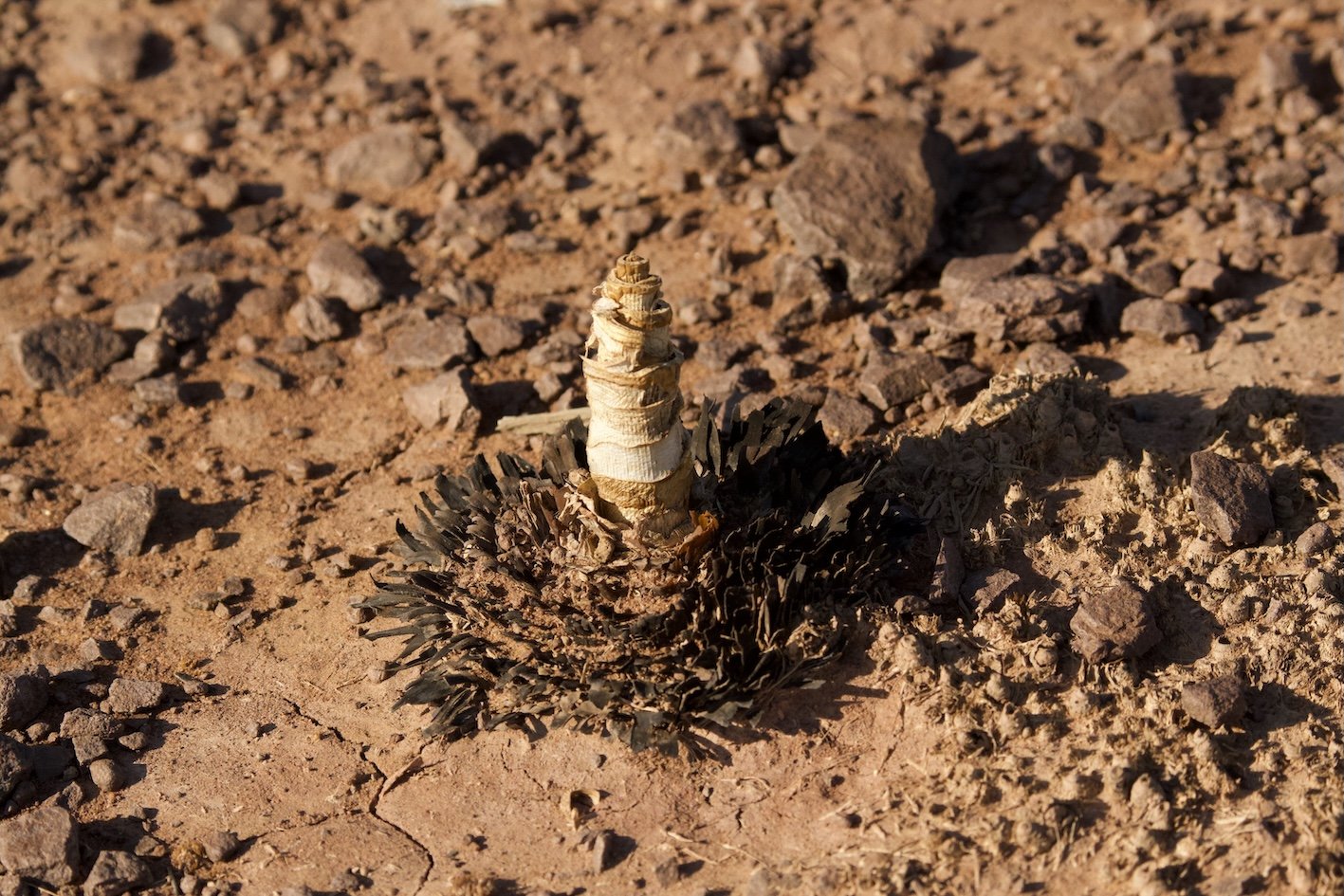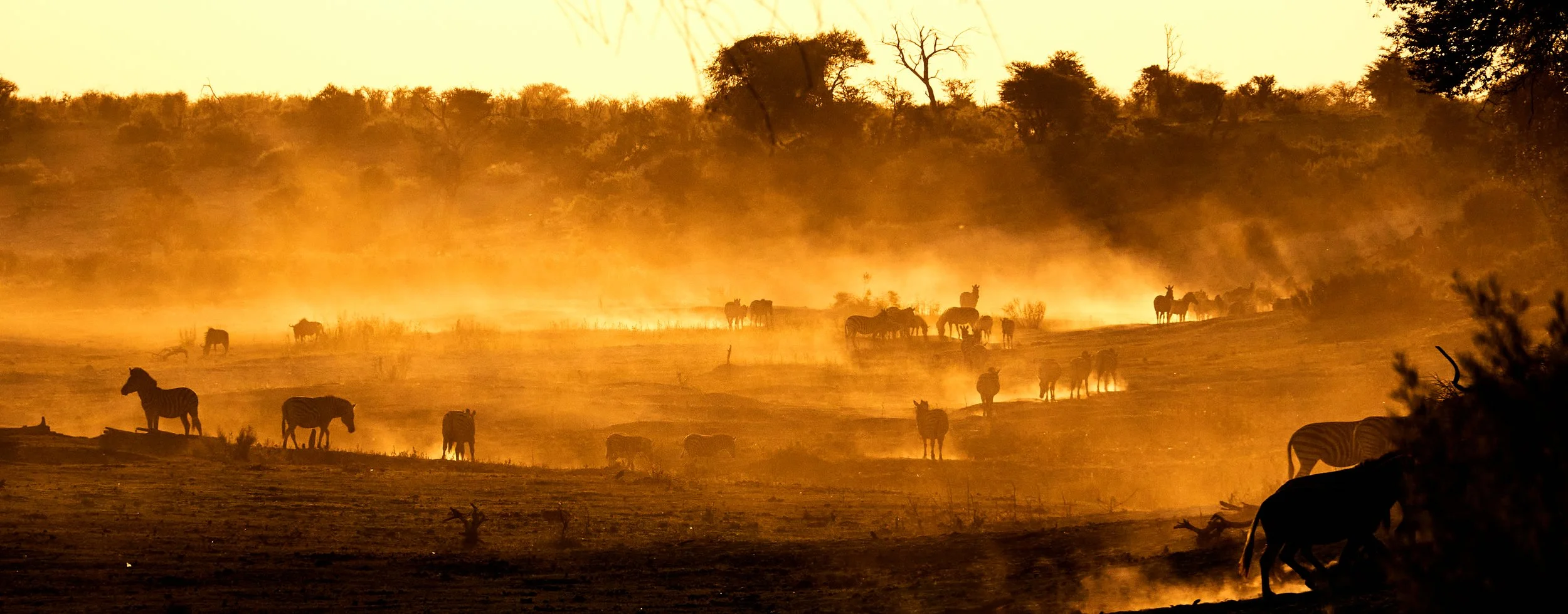
Nxai Pan and the Magadigadi Zebra Migration
On a previous trip through Botswana, driving east from Maun, we came across dozens of zebra crossing the road. Vehicles had stopped to wait for a gap in the melee. It was an extraordinary sight. We knew about the zebra migration but had no idea where it started or where all these animal were headed. We decided to do some research and perhaps come back to see what actually takes place. We knew that the Boteti River was a central component in this annual event and that the zebras make their way through the Makagdigadi National Park.
We decided to combine the zebra migration with Nxai Pan, a park that we’d already planned to visit after a brief overnight stop there during the rains last year.
Nxai Pan is north of the main road with good wildlife and well-established camp sites. The Boteti River is just 35 km south of the main road. Nxai Pan is home to many species of semi-desert animals and we hoped we might see brown hyena, aardwolf and bat-eared fox, as well a host of more commonly seen species.
Eselbe Campsite
Since our favourite overnight stop, Nata Lodge, was overrun with motor racing enthusiasts who’d come to an event in the neighbourhood, we continued a few km north of Nata village on the Kasane road to Eselbe Campsite. This gem on the Nata River, with its backpacker style and hippy overtones, is run by quirky Brit owner, Rupert Barstow.
Planet Baobab
Planet Baobab is another firm favourite of ours. We planned an overnight stop there because it’s close to the entrance to Nxai Pan, which means that, if you get to the gate early, you have the whole day to set up camp. Or so we thought, until it took us more than an hour to plough 35 km through deep sand on the way to South Camp.
Road into Nxai Pan
The 35 km road from the gate to South camp is hard going and awful. It means ploughing through deep sand and corrugations alternating and sometimes at the same time. It is also dreary and flat. The middelmannetjie scrapes the bottom of most vehicles and the snaking ruts make the vehicle sway from side to side.
Camping at Nxai Pan
Nxai Pan
Nxai pan is a small flat depression about twenty km across consistihng of sparse scrub and mainly dry grass and forbs. Knee-high termite mounds dot the landscape. Islands of low trees here and there, with woodland surrounding the whole pan.
There are deep ruts left by vehicles in the wet season on sections of the maze of dusty game drive roads. There are also no useful signposts so it took a day or two to figure out the best routes to the most scenic and interesting areas. It was, however, easy to find each of the three pumped waterholes where we saw a surprising variety of animals and birds.
Several large bull elephants, white from the dust, frequented the waterholes along with wildebeest, zebra, springbok, giraffe, kudu, buffalo, ostrich and impala. This area is one of the few places where you can see impala and springbok together. We saw a lioness and her two young cubs on our first morning drive. In all we saw twelve different mammal species during our four day stay.
The pictures we present below speak for themselves. Suffice it to say we thoroughly enjoyed our trip to Nxai Pan and the Makgadikgadi Zebra Migration and can recommend it to you all!
Nxai Pan is one of the only spots on the planet where Springbok and Impala can be found living side by side.
The Makgadikgadi Zebra Migration
The Boteti River runs from the Okavango delta through sandy Kalahari desert wilderness to the western side of the Makgadikgadi Pans. It provides water during the dry season to herds of animals along its course. Even in extended dry periods, pools remain.
As is evident from the photograph, the landscape that the Boteti runs through is very flat and featureless. Only when you get right to the bank of the river, do you realise that there is a sandy river bed down below, teeming with wildlife
Our first glimpse of the wide Boteti River revealed an extraordinary sight beyond any expectation. There in the distant dust and midday heat haze, hundreds of zebra milled about in a sea of black and white. A couple of elephants were in the midst of the zebras.
The Sandhof Lilies
We didn’t exactly get off to a good start on the 2,120-km journey to the Sandhof lilies. The police stopped us just outside Harare and shook us down. We were threatened with having the car impounded. Apparently we were breaking the law with our covered LED light bar while driving in broad daylight. We knew it was BS, and that they were looking for a bribe. It was that or get into Bulawayo seriously late because it was past 2 pm and we hadn’t even gotten out of the suburbs. As it was, we arrived in Bulawayo after 8 pm, which effectively meant driving in the dark. Not clever in countryside where the cows take to lying on the road surface after dark because it’s nice and warm.
The Sandhof lilies story goes back to last year, when we spent a week at Maltahöhe Hotel, where ice-cold drinks await you, if you believe their sign on the main road through town. This was when Willie and Ralph spent many happy hours attending to our Land Rover, which needed a new cylinder head. It was then that Marika, the force of nature that runs the hotel and many community-serving projects in and around Maltahöhe, told us about the Sandhof lilies, a phenomenon that occurs in the arid desert surroundings provided the conditions are just right, i.e. in terms of rainfall (lots) and temperature (not too hot). When 30 cm of water has accumulated in the pan, and provided it’s not too hot, the lily bulbs in the ground start to sprout. And as soon as that happens, the word goes out far and wide: Come! The lilies are blooming! You then have 5 to 6 days to get your ass down there before they wilt again.
Meantime, back in Harare, the Land Rover had been for police clearance, passed an inspection by Anton, had the rooftop tent lowered into place on the roof rack, been packed, filled with fuel and was now waiting for the word on the ground. That would be coming from Marika, the hotel owner/manager. Within 48 hours of having been told to hit the road, we were trundling down the drive, out of Harare to Bulawayo and then Francistown before beetling across the Kalahari on our way to the lilies!
After a night in Bulawayo, we made a big jump to the Planet Baobab, with its remarkable antbear on the right-hand side of road and a planet suspended on a pole on the left. Difficult to miss, but somehow we managed! But that’s another story.
We arrived at the lodge to find it had burned down not more than three months previously. The campsite and the chalets had not been affected yet on arrival the staff tried to put us off and send us away with excuses about water on the paths etc. But I’m not that easily put off when it’s 6 pm, I’m looking forward to a sundowner and get told to go elsewhere when there’s a perfectly good campsite lurking just behind the baobab tree. I pointed this all out as politely as I could while digging my heels in. They let us stay, fortunately. We had a big sundowner, a lovely meal and spent the night in the campsite in the rain. But that was fine too!
<- These chairs are made of concrete :)
Next day, looking forward to the flowers, we did a record 10 hours in the car before arriving at a lovely campsite, called Jungle Light Rest Camp, right next to the Trans-Kalahari Highway. Much like when camping alongside the Great North Road in Zambia, you get to listen to the monstrous trucks changing up 16 gears when they leave Lusaka and then changing down again when there’s a town, or maybe a donkey on the road. Of course it always sounds as though they’re heading straight for you if you’re less than 50 metres from the road. So a peaceful night’s sleep you will not get!
That evening we braaied in the rain
We had not intended to stop there because it was 230 km from our target. But word had once again gone out concerning the condition of the lilies. Despite the fact that we had travelled constantly in rain since leaving Harare and all the way through Bots, rain had not fallen anywhere near the Sandhof lily pan, and the lilies were rapidly wilting. We decided to take Marika’s advice and make sure we got there as soon as we could, even if the spectacle was set to diminish very soon. So we put foot leaving the Jungle Light Rest Camp and drove another 700-odd kilometres to where the sign said ‘Maltahöhe 500m’ just to make sure we didn’t miss it, it’s that small. Egged on further by a sign pointing to the hotel and ice-cold drinks we arrived in perfect time for a well-deserved sundowner.
There to welcome us was Joe, assistant manager and Cruiser, her Dachshund, and not much later Marika and Benno, a fine specimen of a male Ridgeback, and Willie, the German Engineer, followed by several chickens.
The next day we were up at 5.30 so that we could reach the lilies at daybreak. We had already been warned that they were nothing like they could be, but nevertheless we were very impressed. We came across Hendrik van der Westhuizen, owner of the farm, who explained what had happened the previous few days: 30 mm of rain sparked the sprouting of the bulbs, but when no fresh rain fell, and the rapidly evaporating water became too warm, the lilies began to wilt. The message had to go out: do not venture forth because the lilies have disappeared. This affected everyone in a 250-kilometre radius who has anything to do with hotel and catering facilities.
Hendrik van der Westhuizen, proud owner of Farm Sandhof.
Below, the pictures illustrate the various stages of the flowering of the lilies in Sandhof.
Stage 1: Bulb in the ground
Stage 4: At first the lilies are white.
Stage 5: Slowly they start to turn pink
Stage 2: Once there is 30 cm of water, the stalk begins to sprout.
Stage 6: The older flowers turn dark pink before wilting.
Stage 3: The leaves grow 4 cm a day, the stalk an amazing 35 cm in 40 hours.


